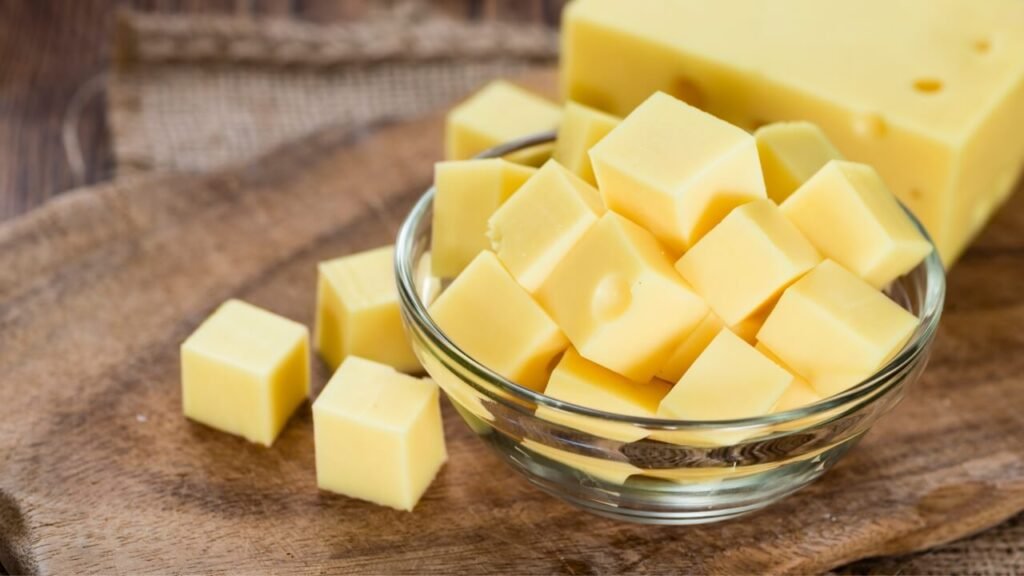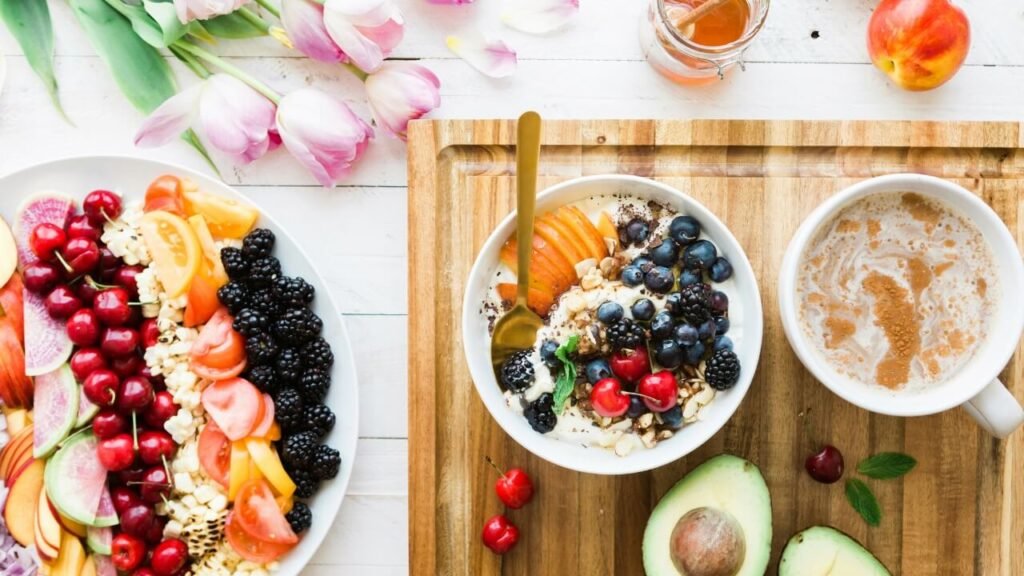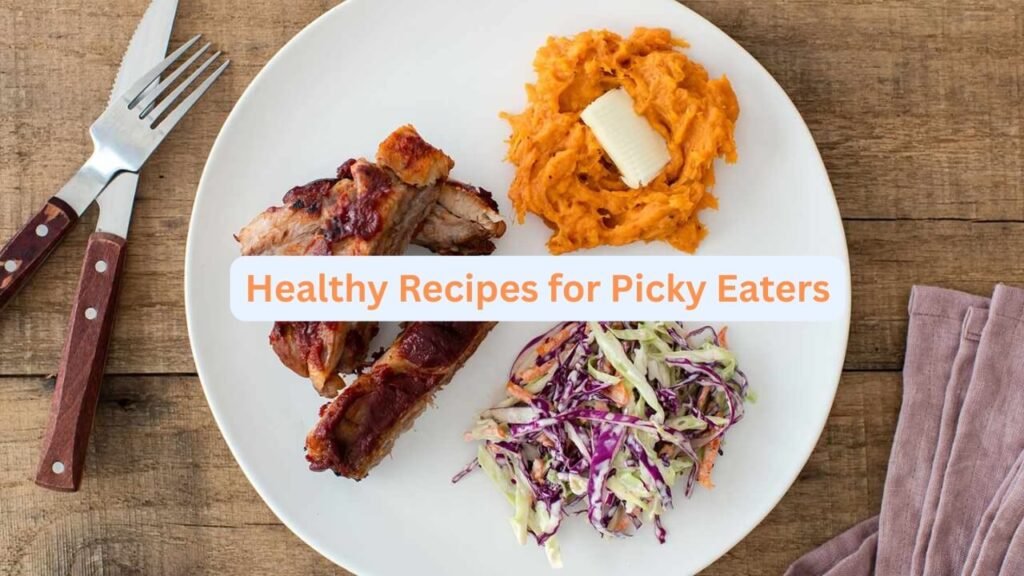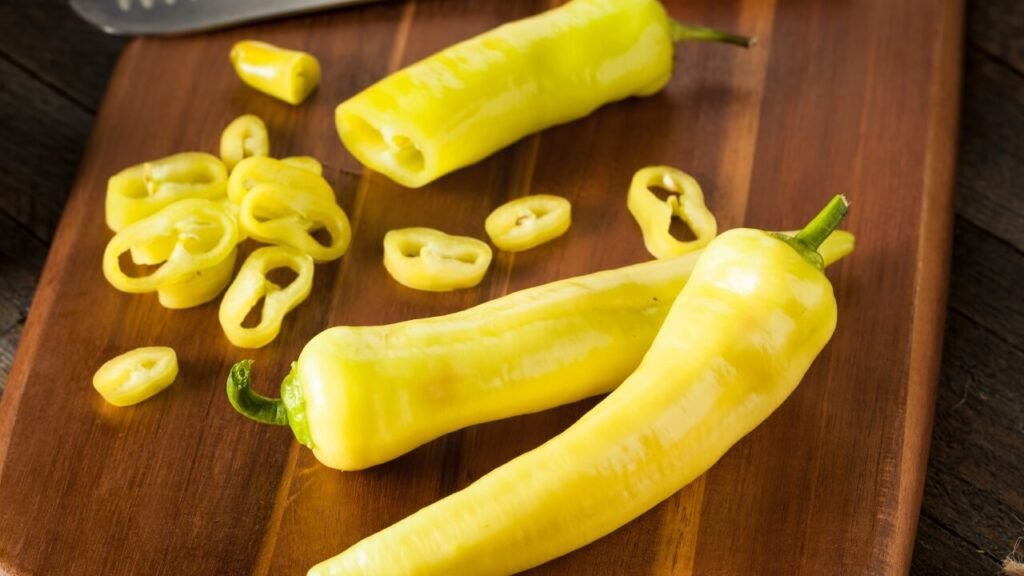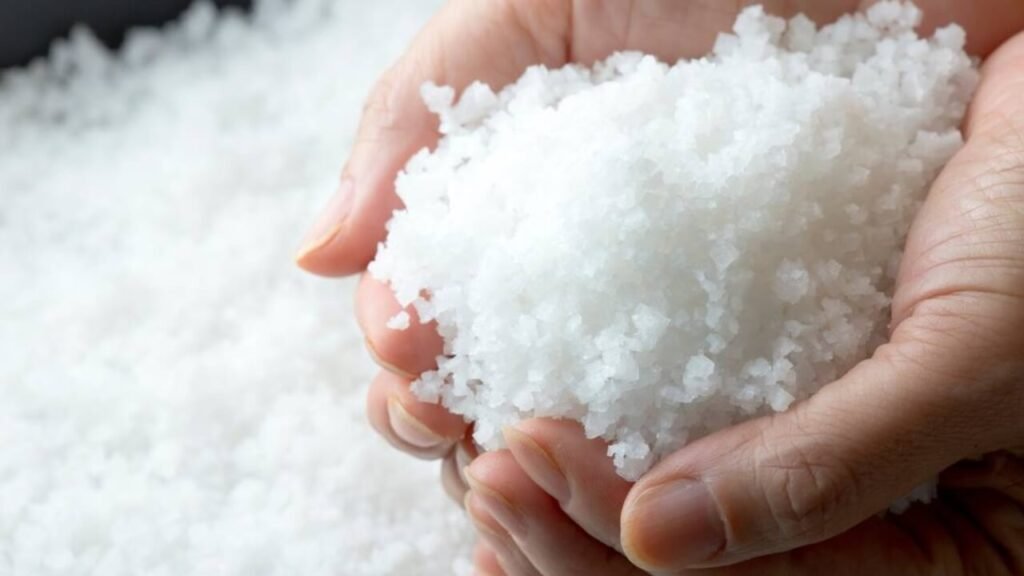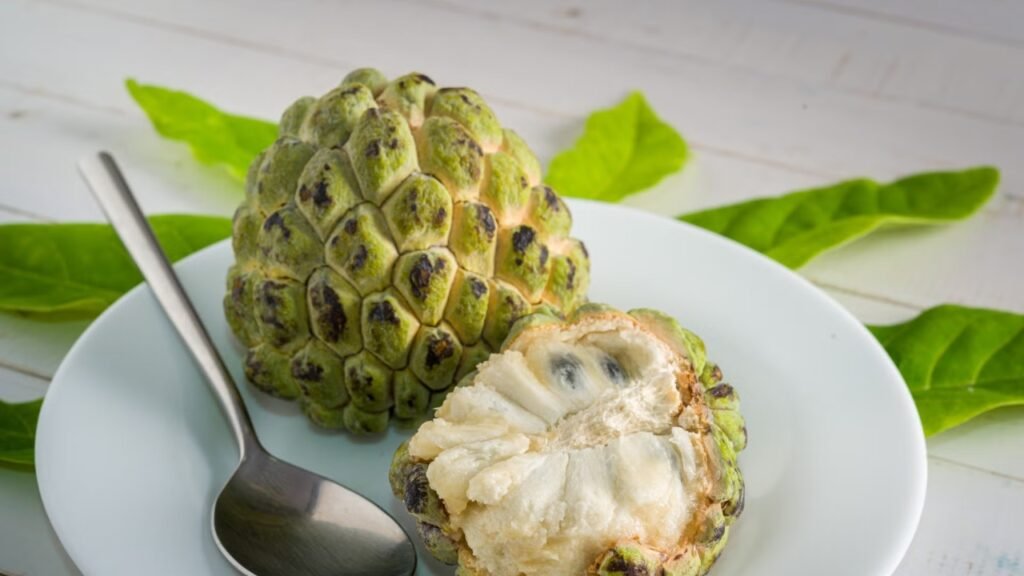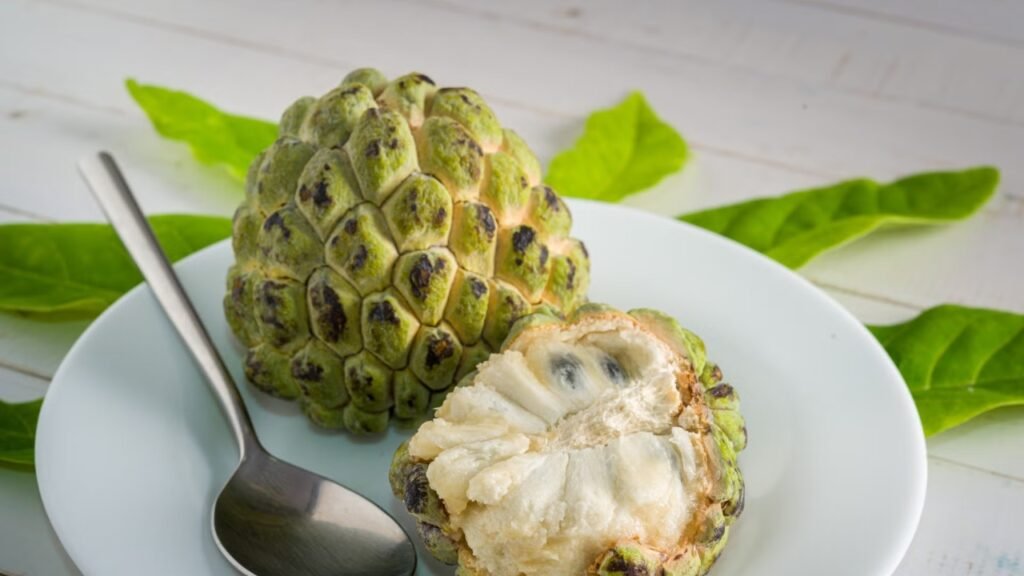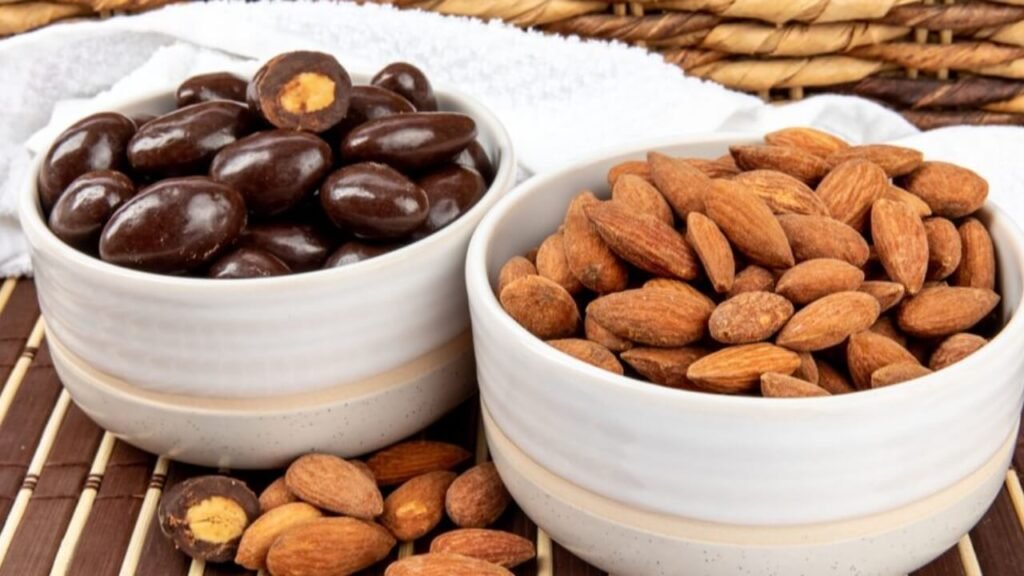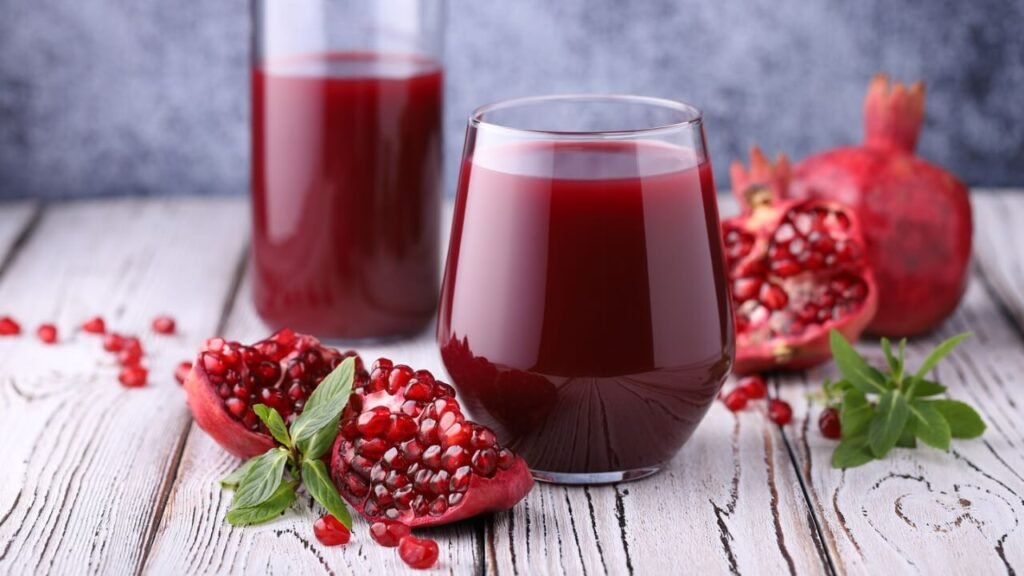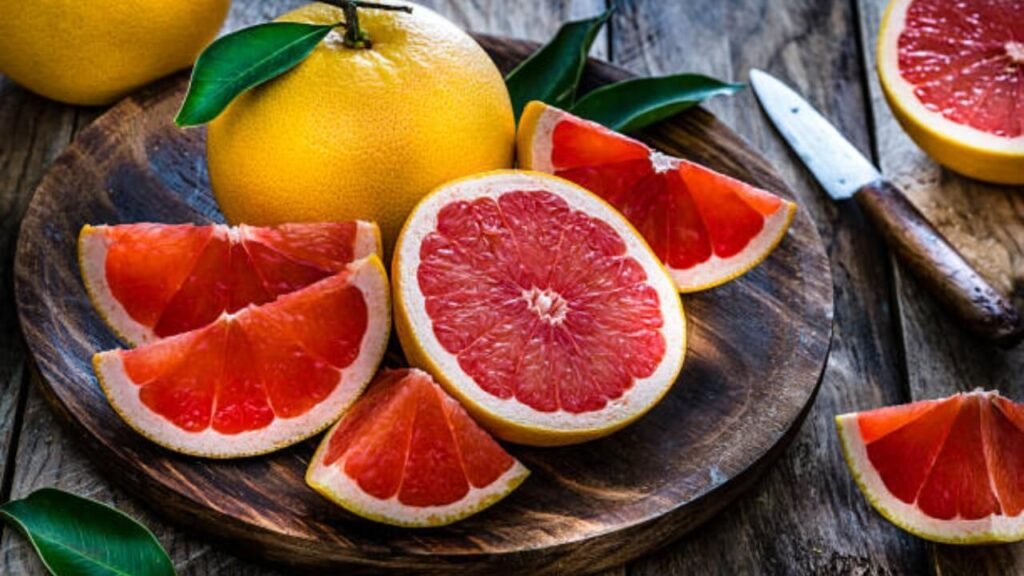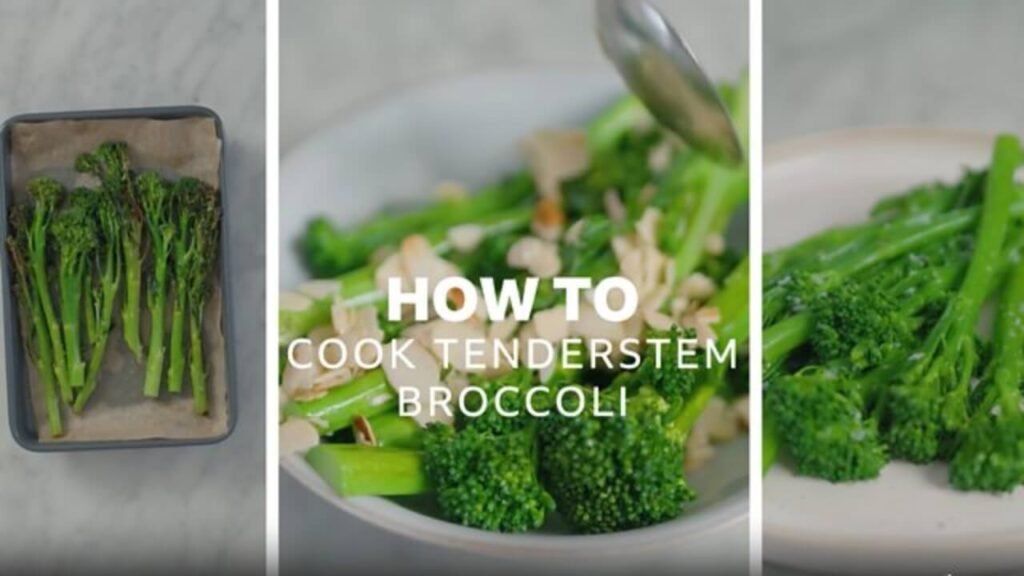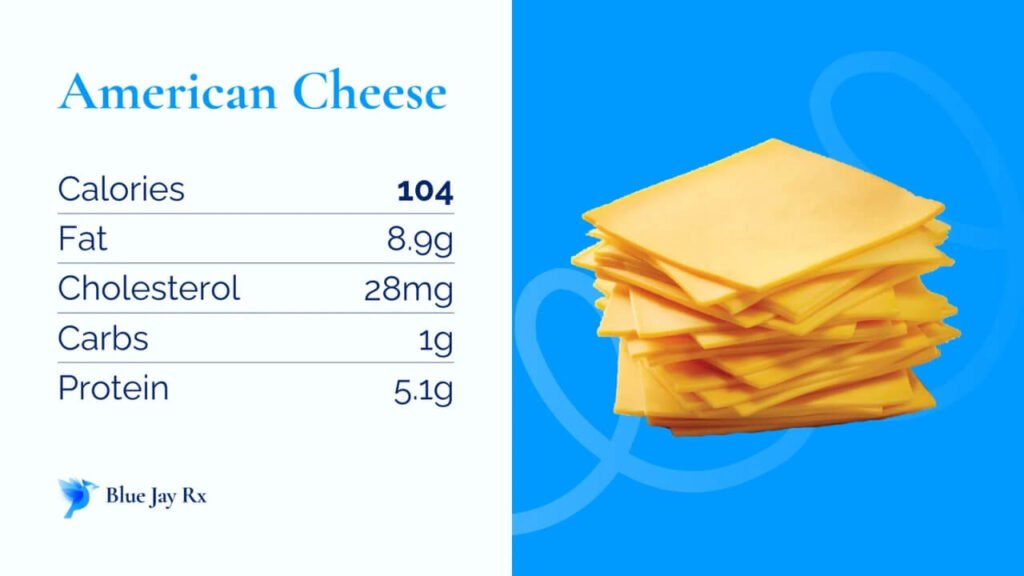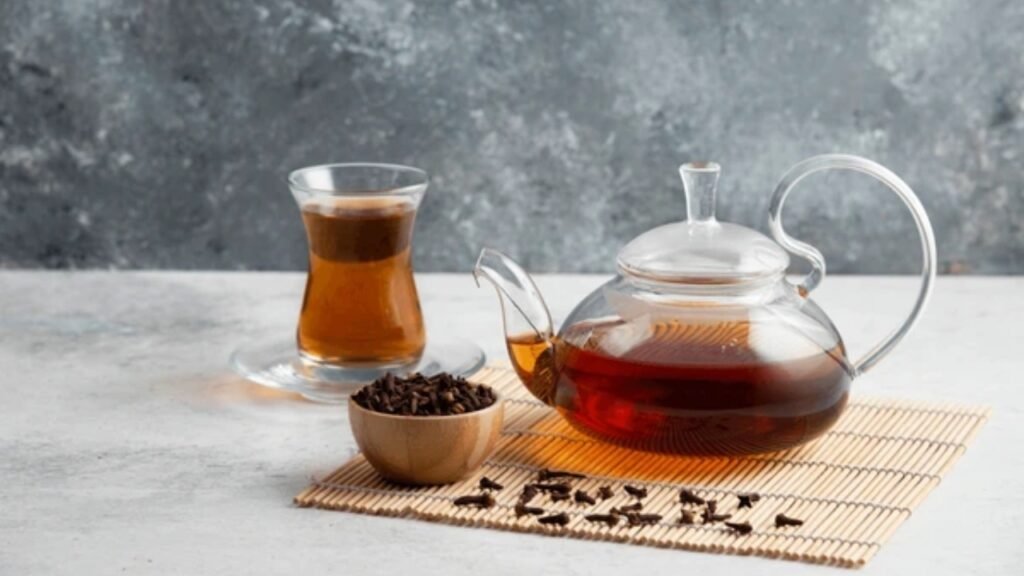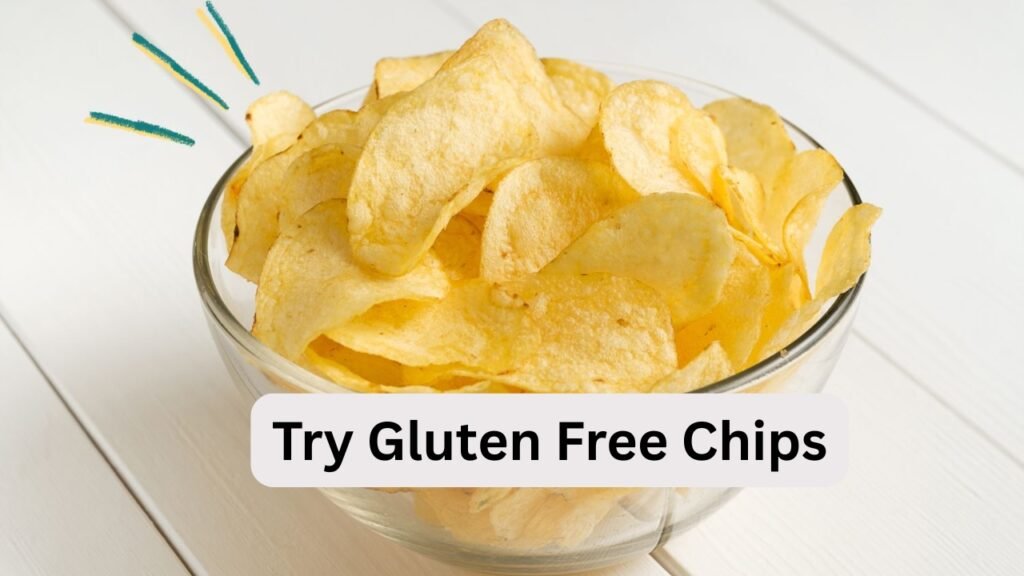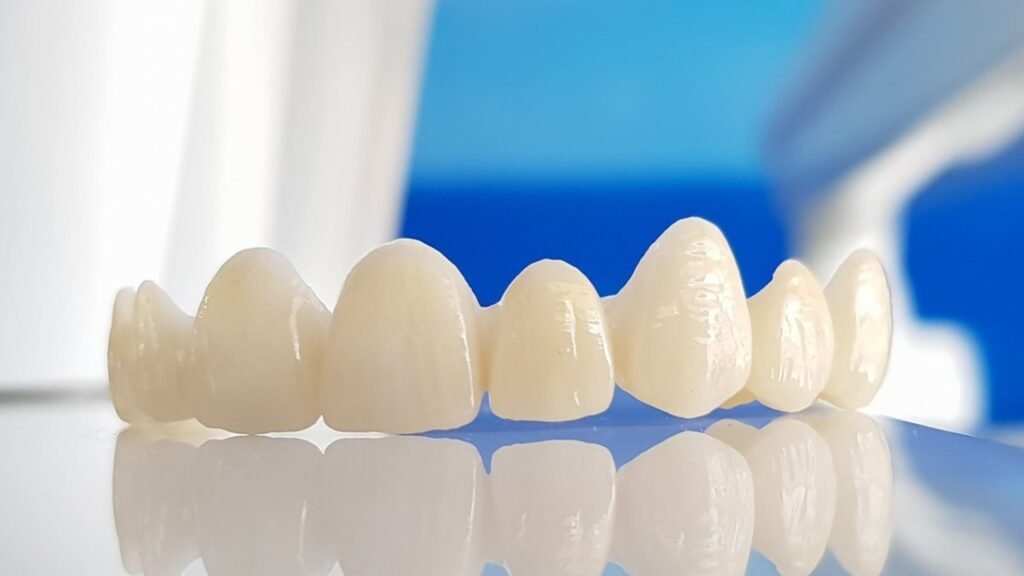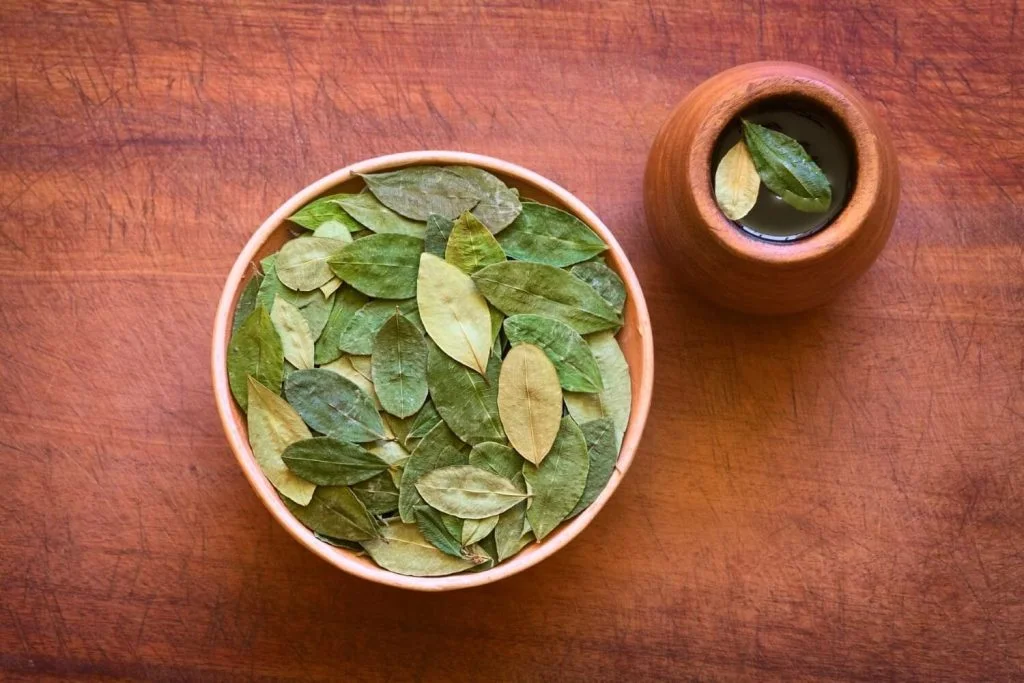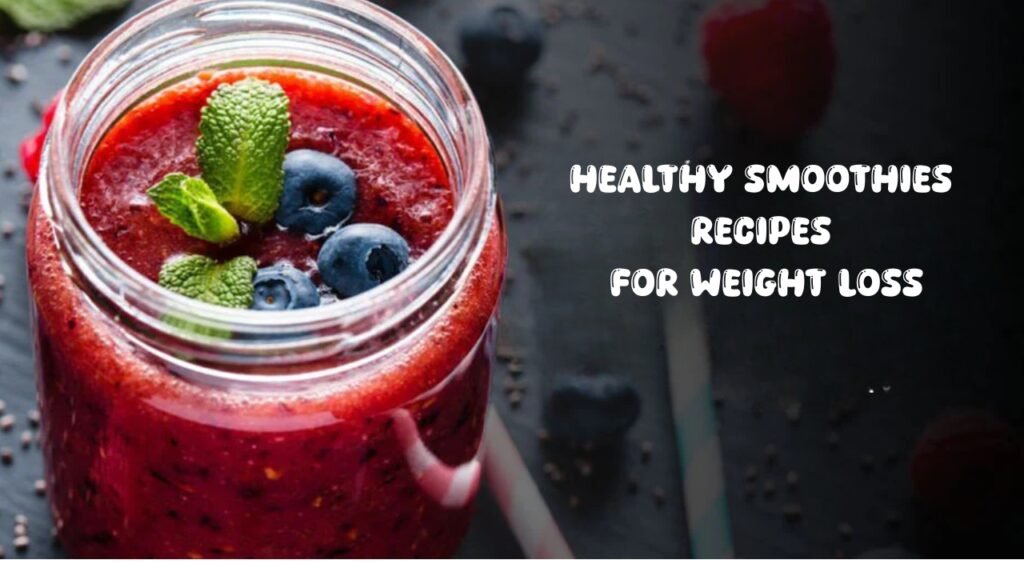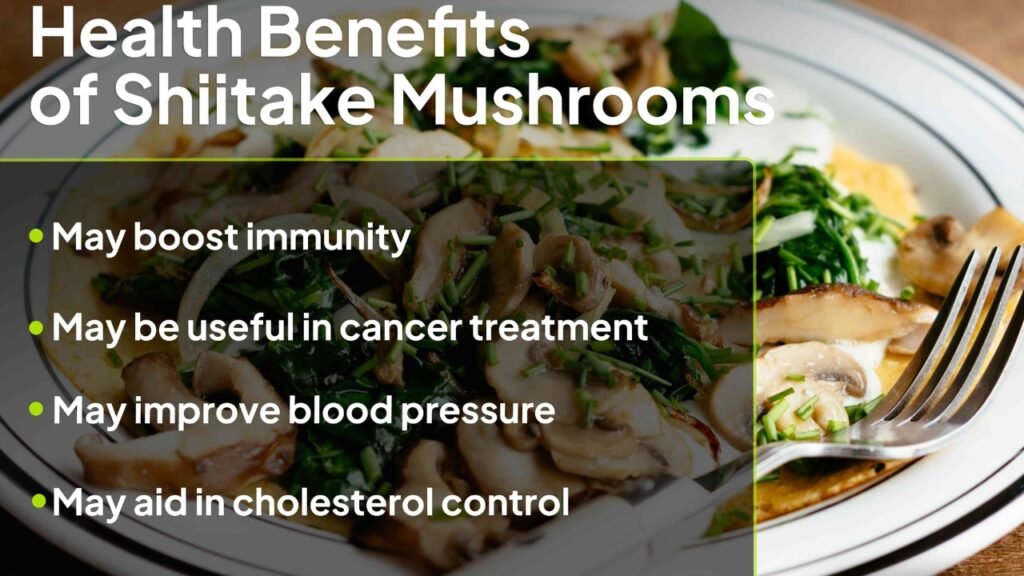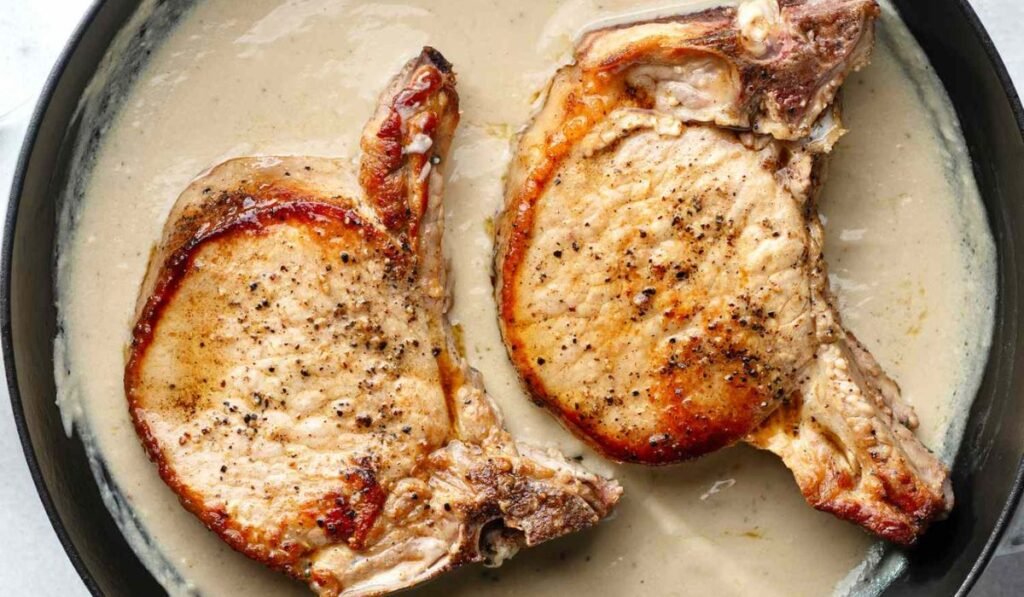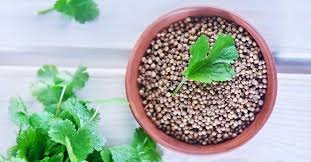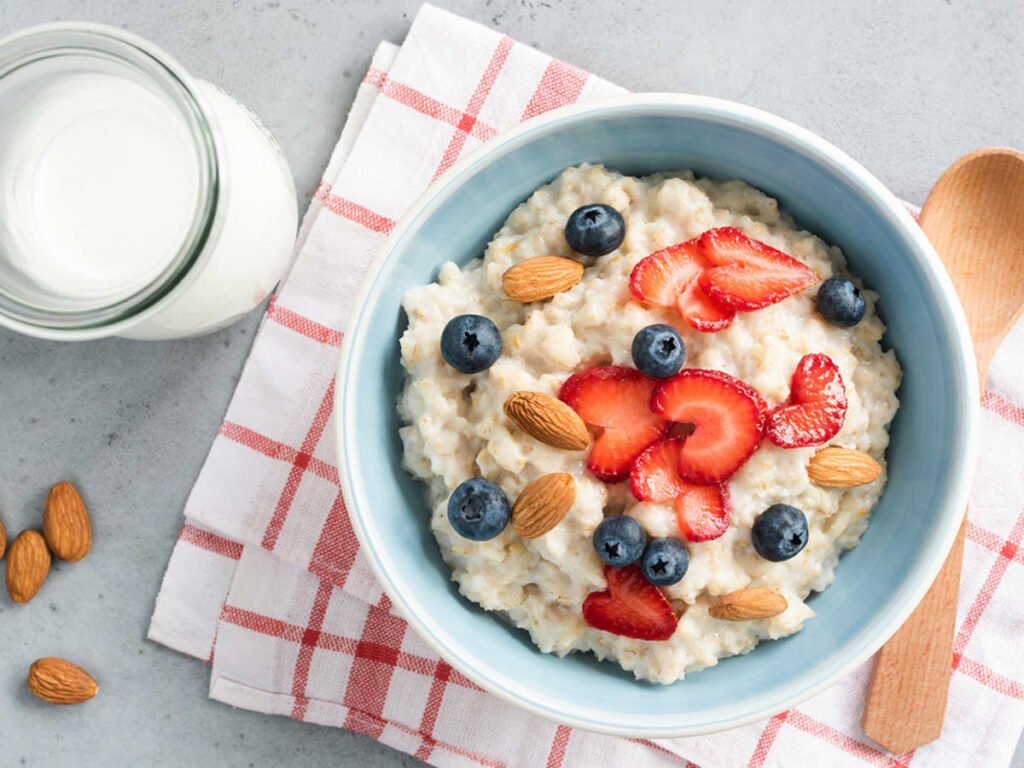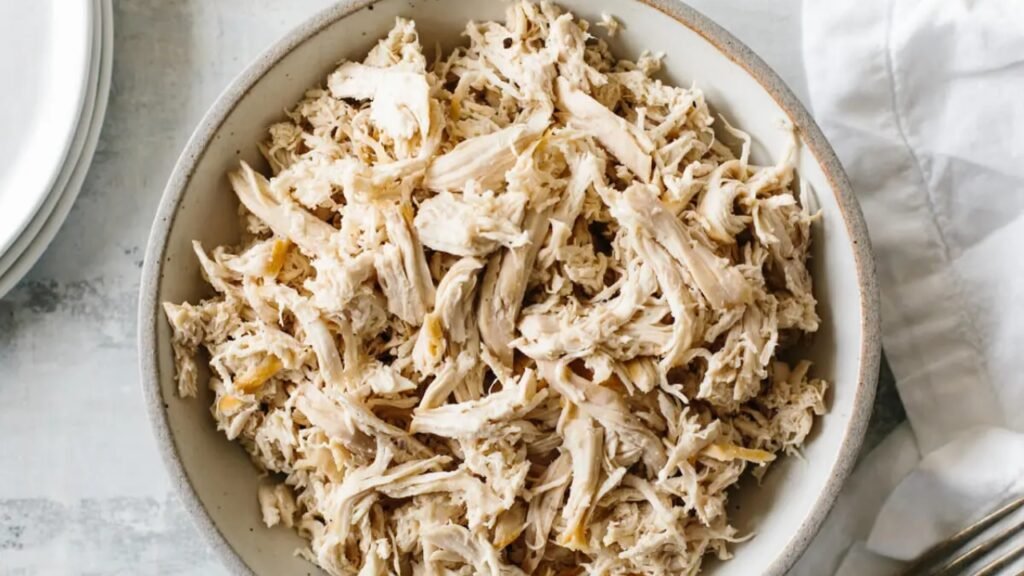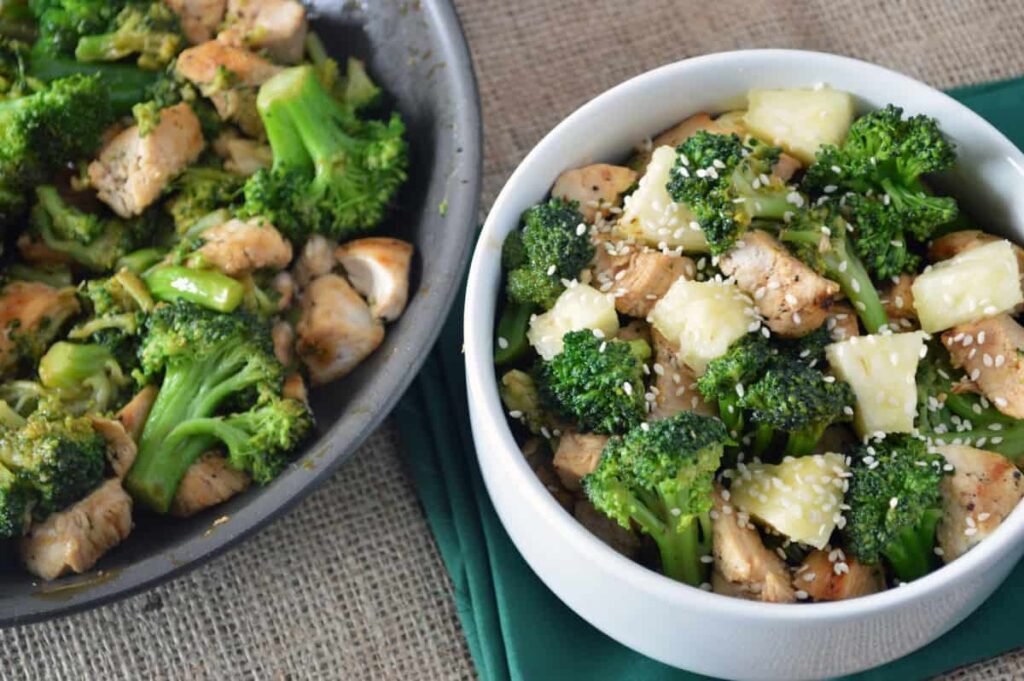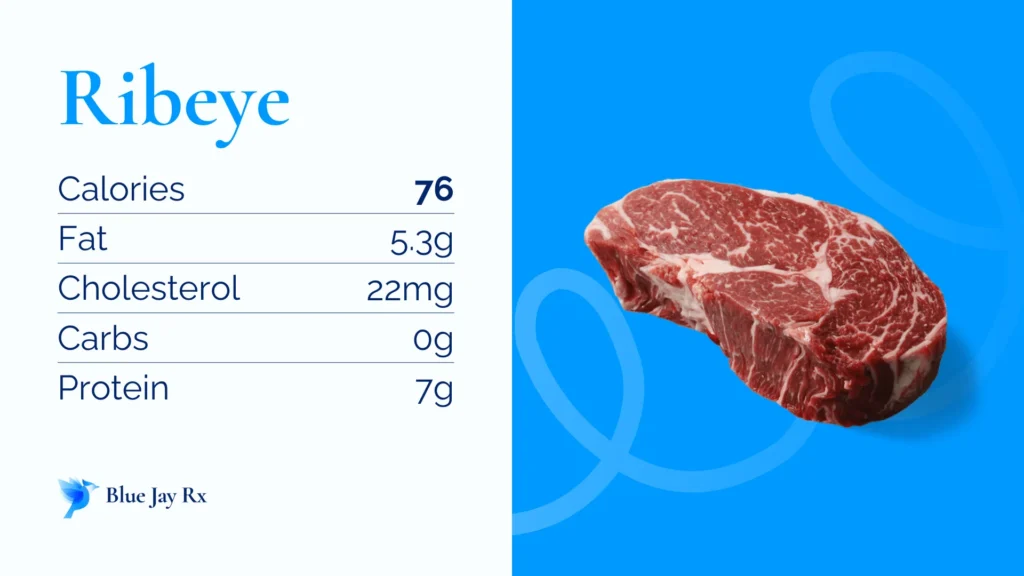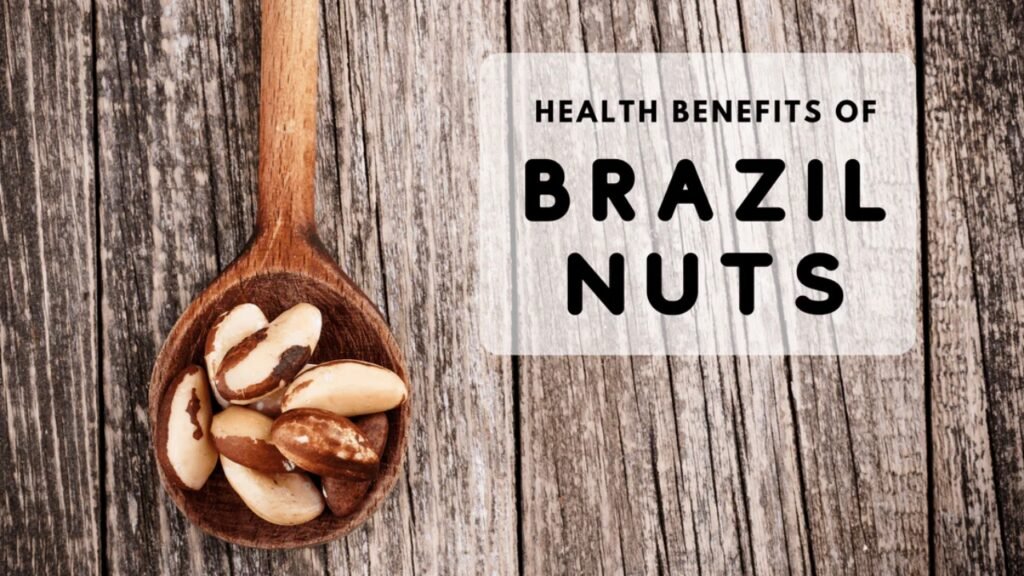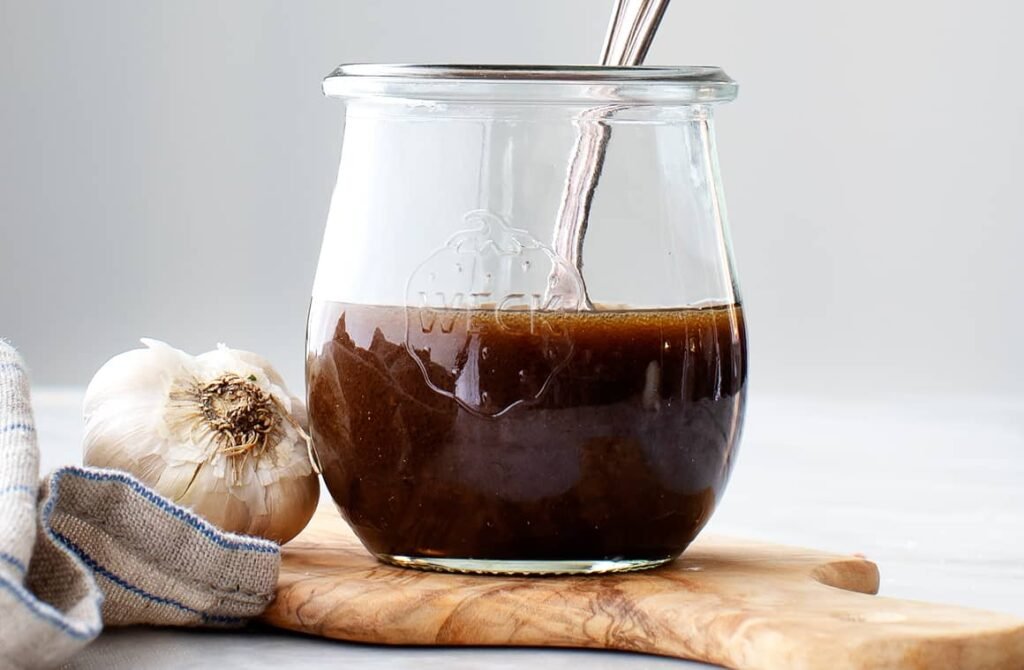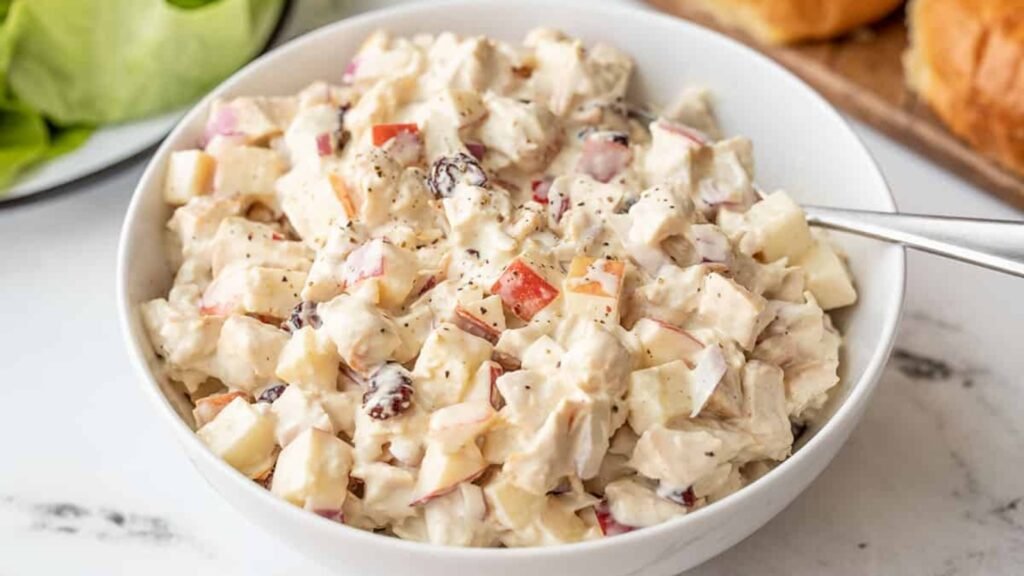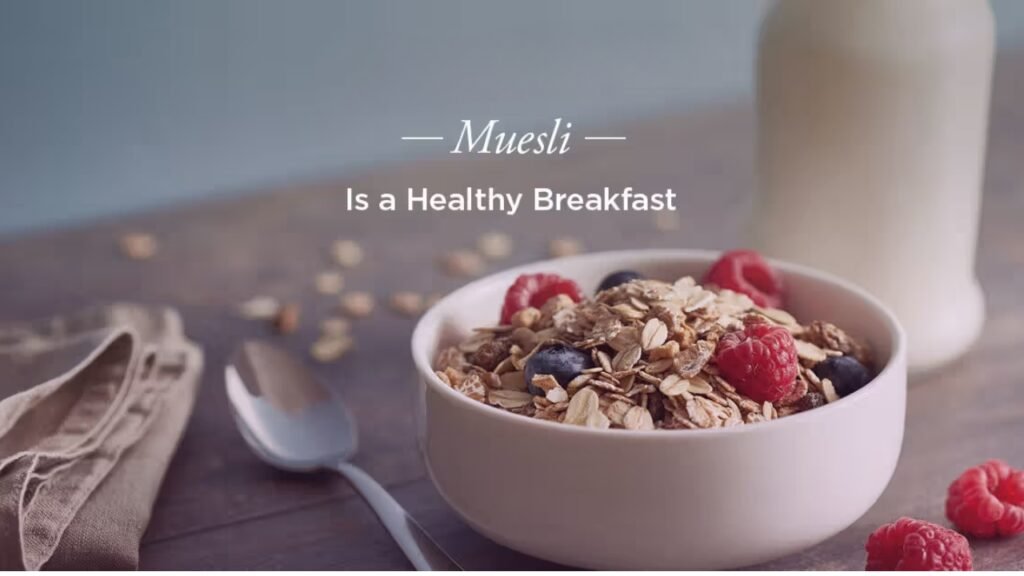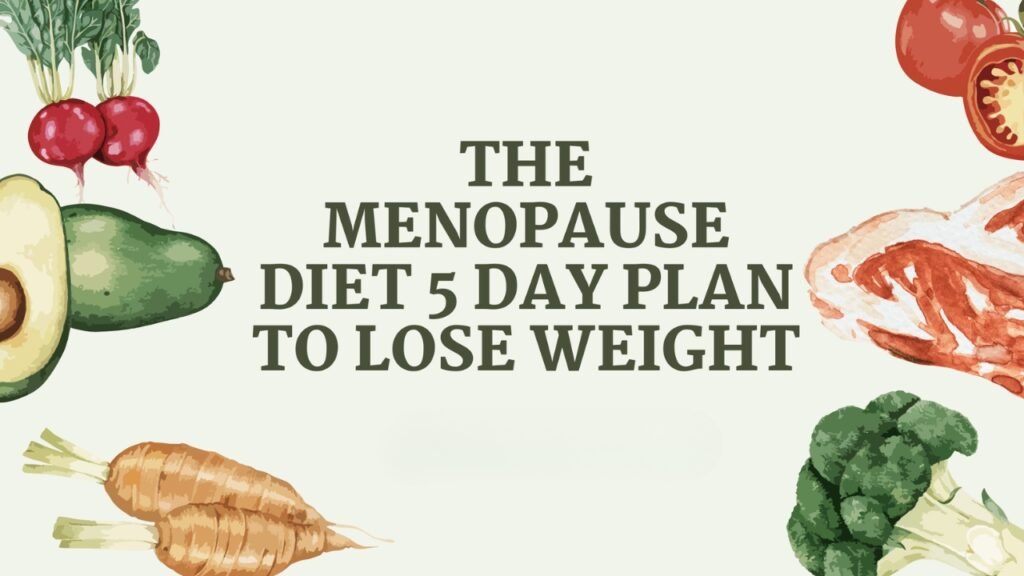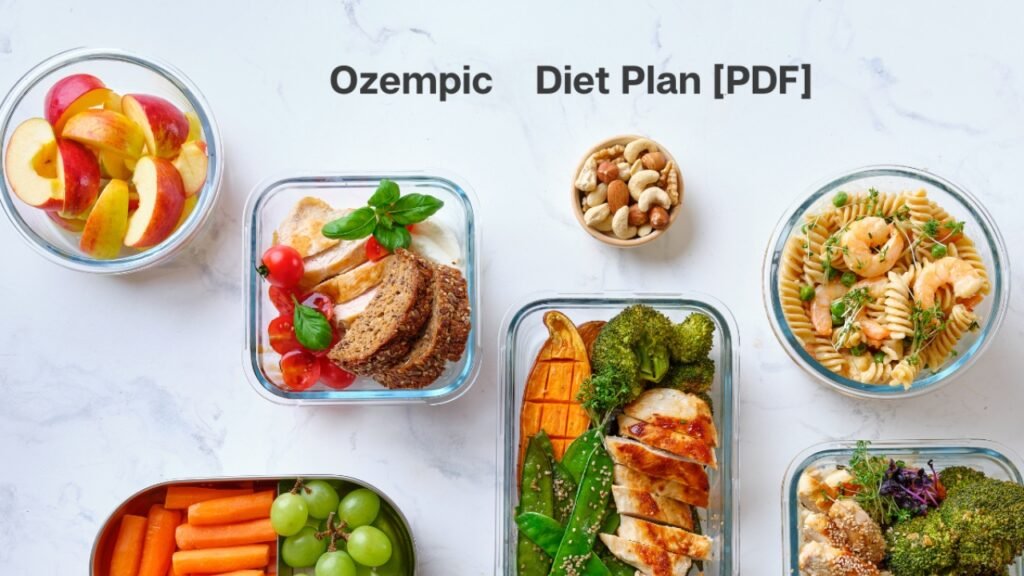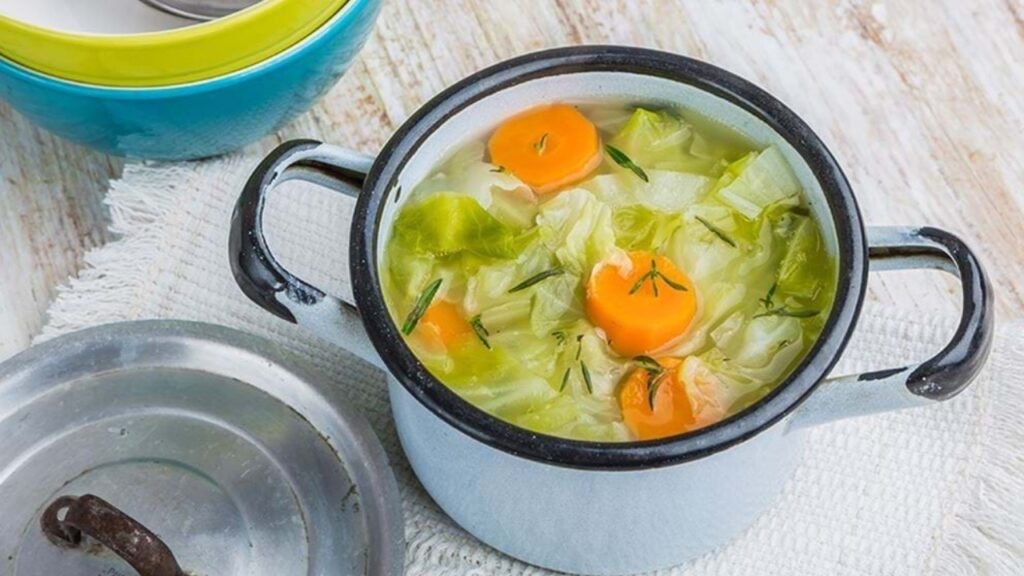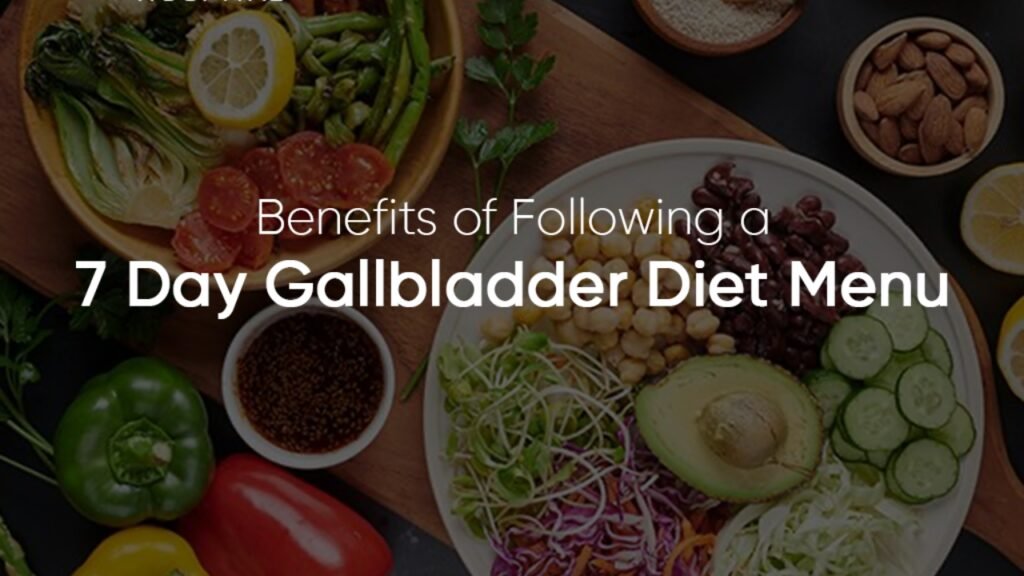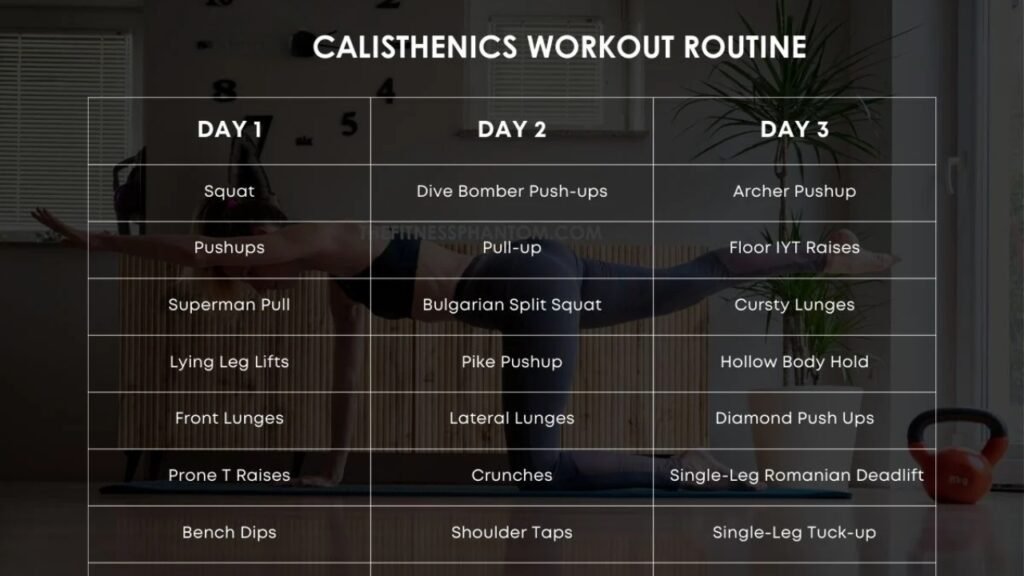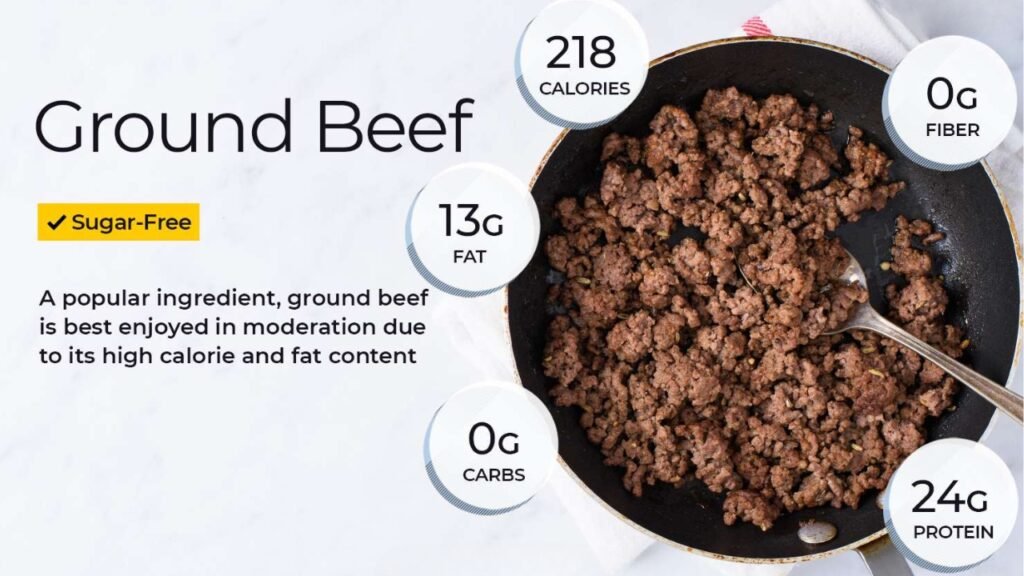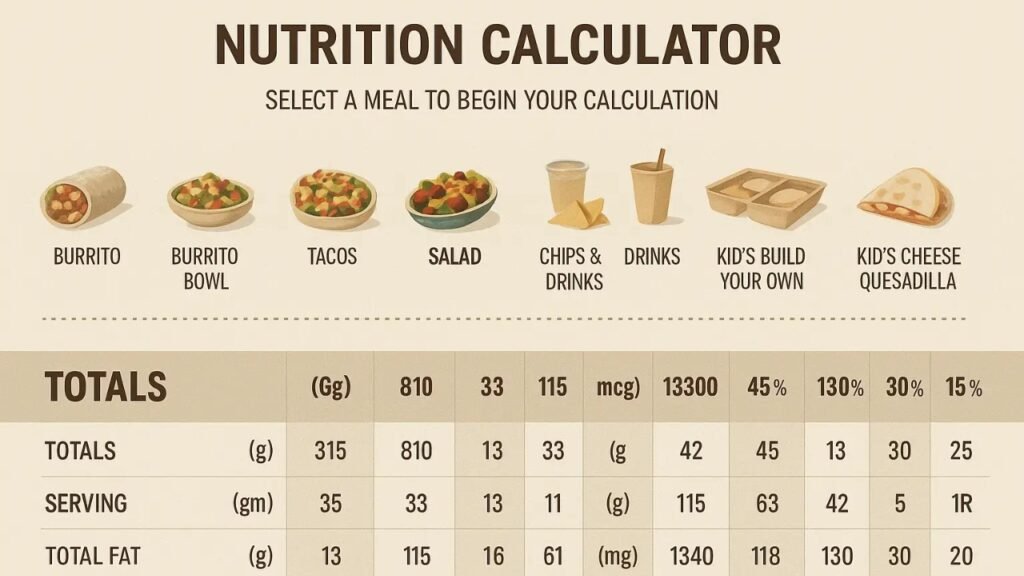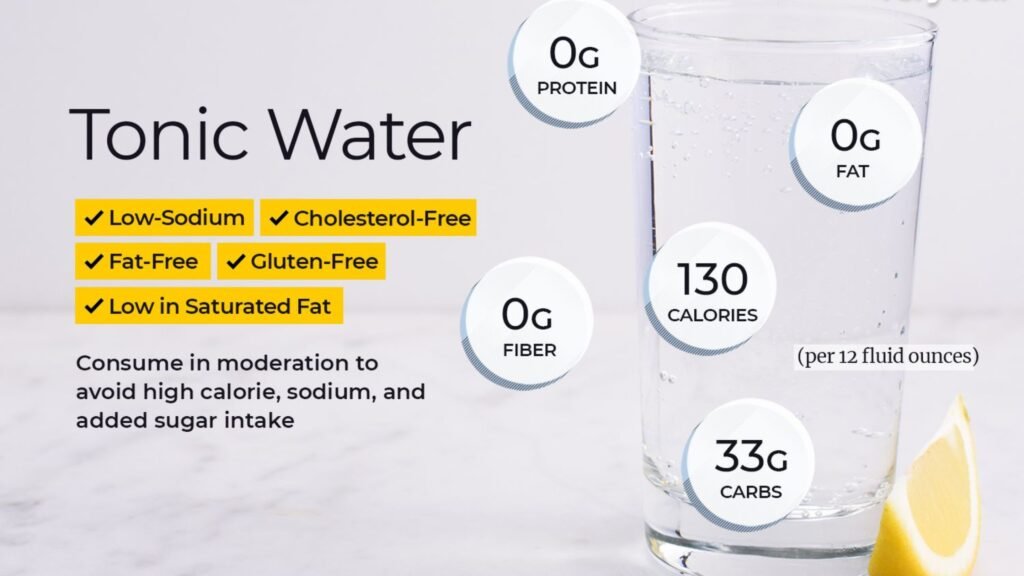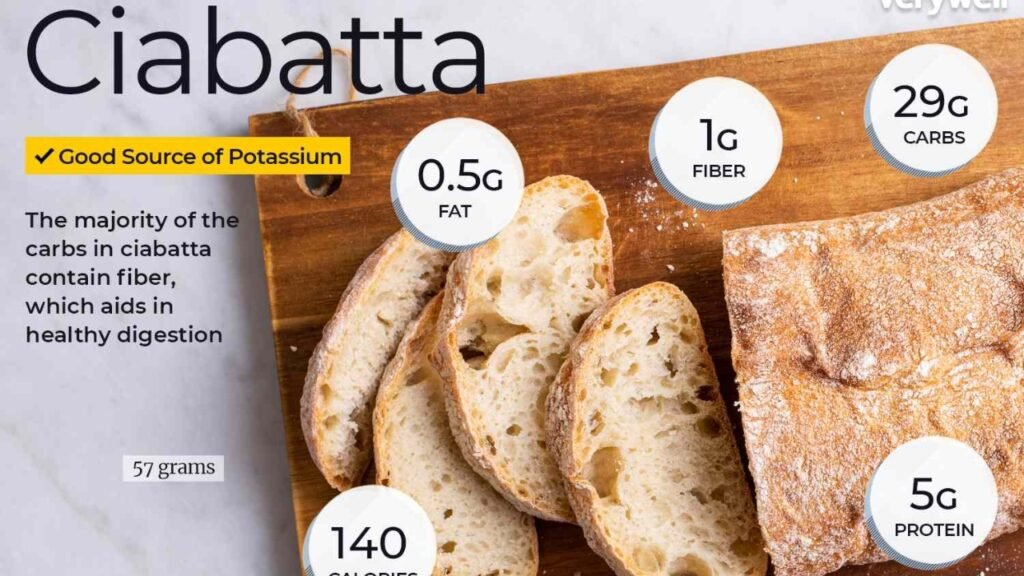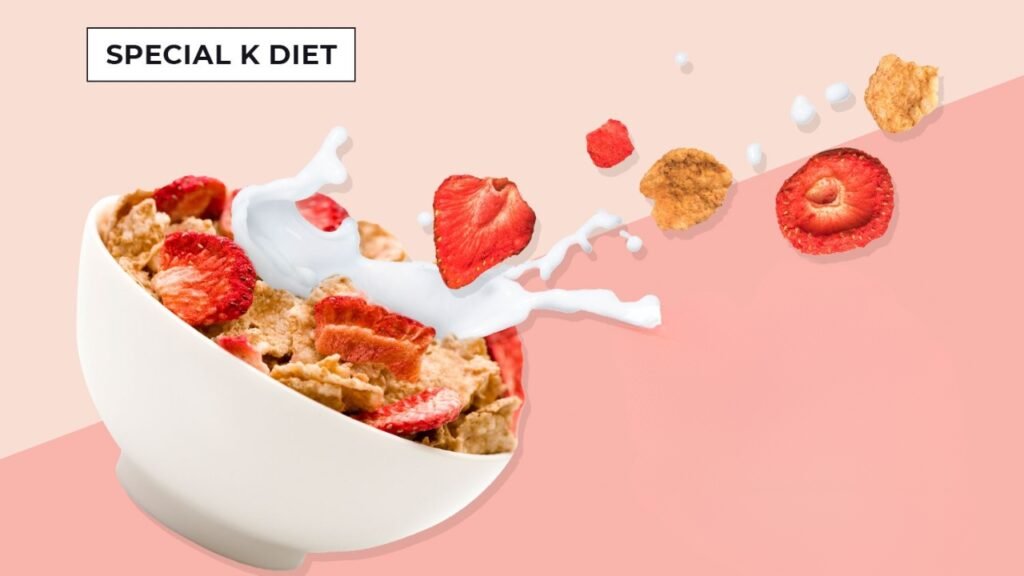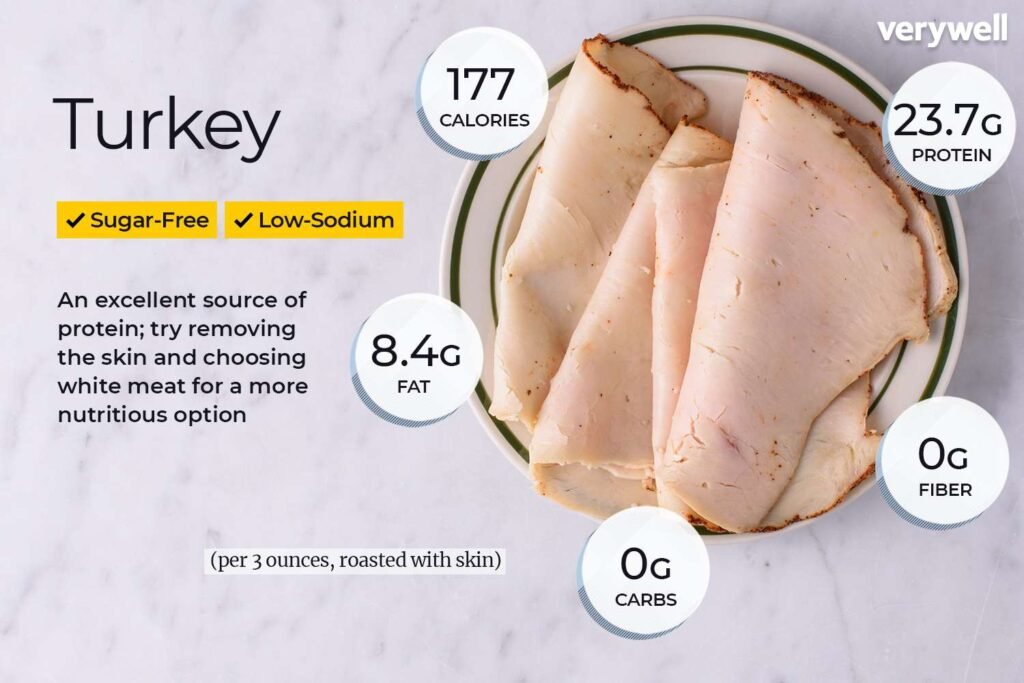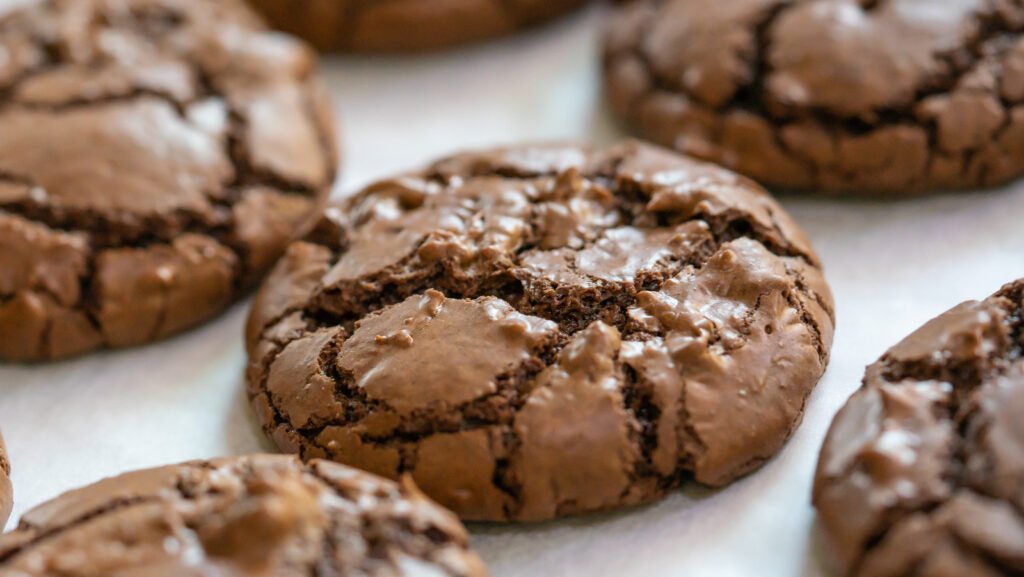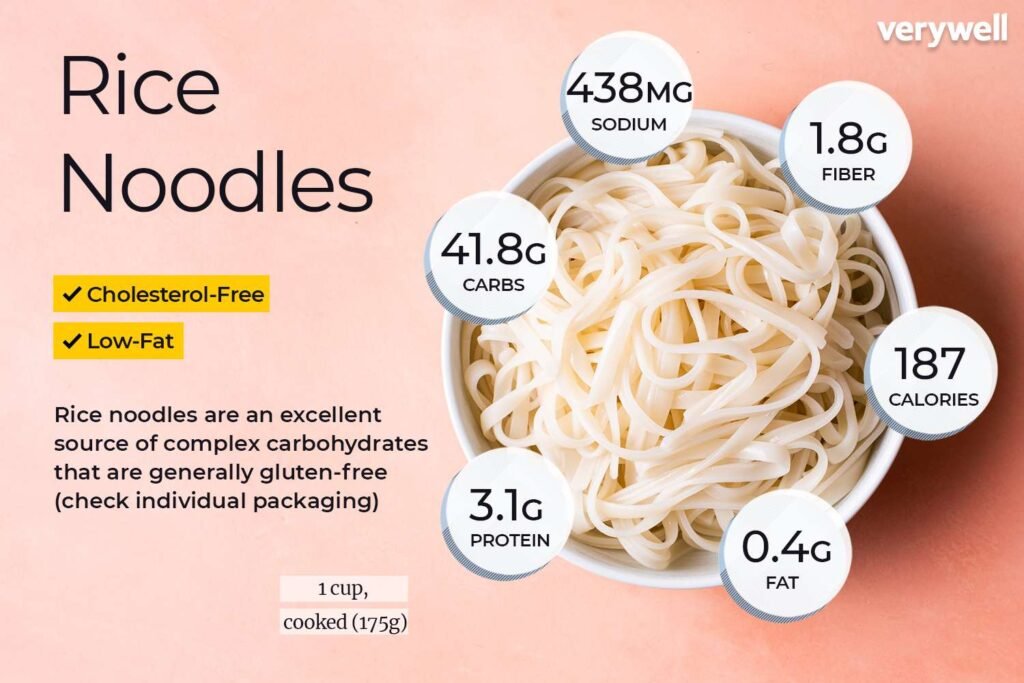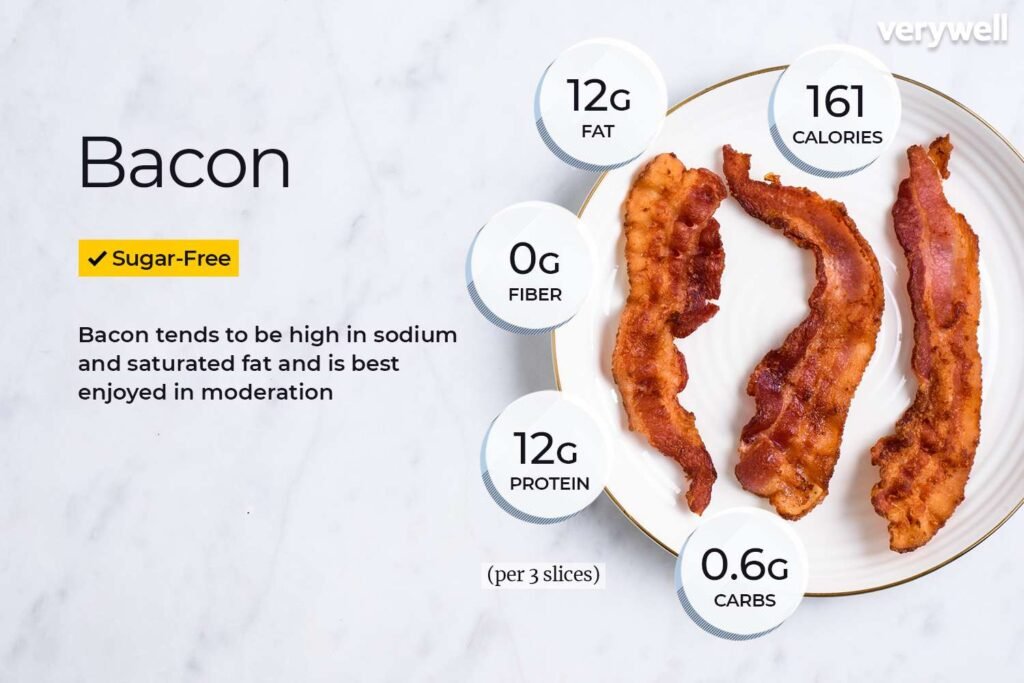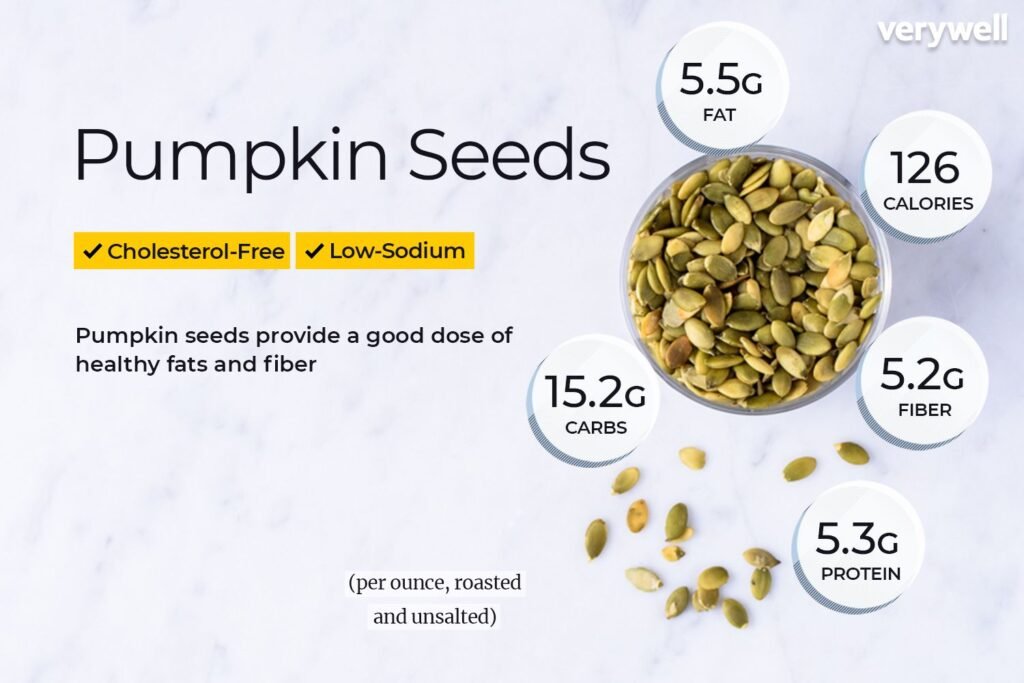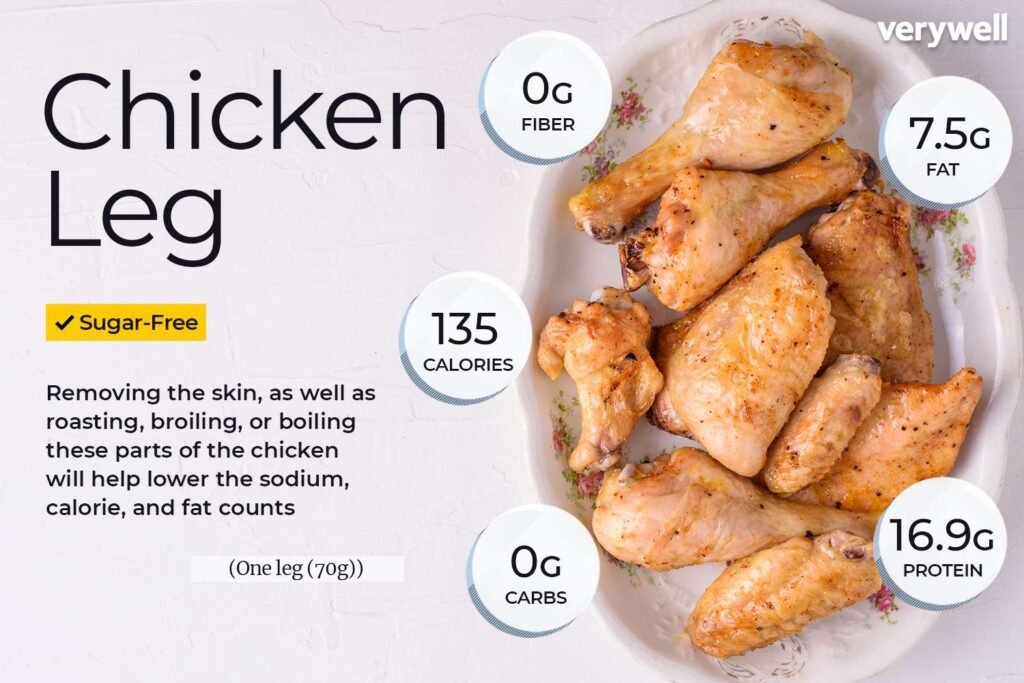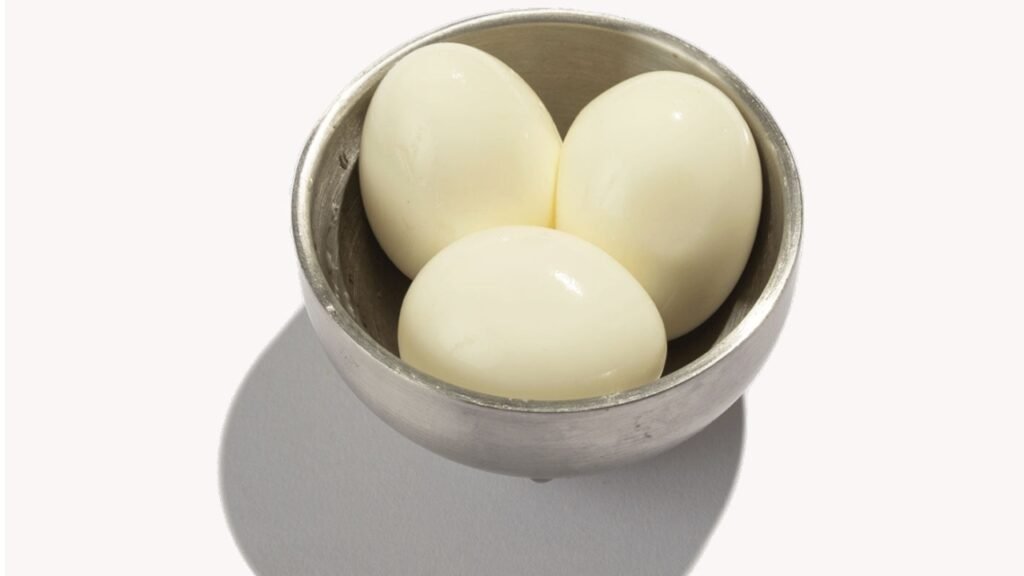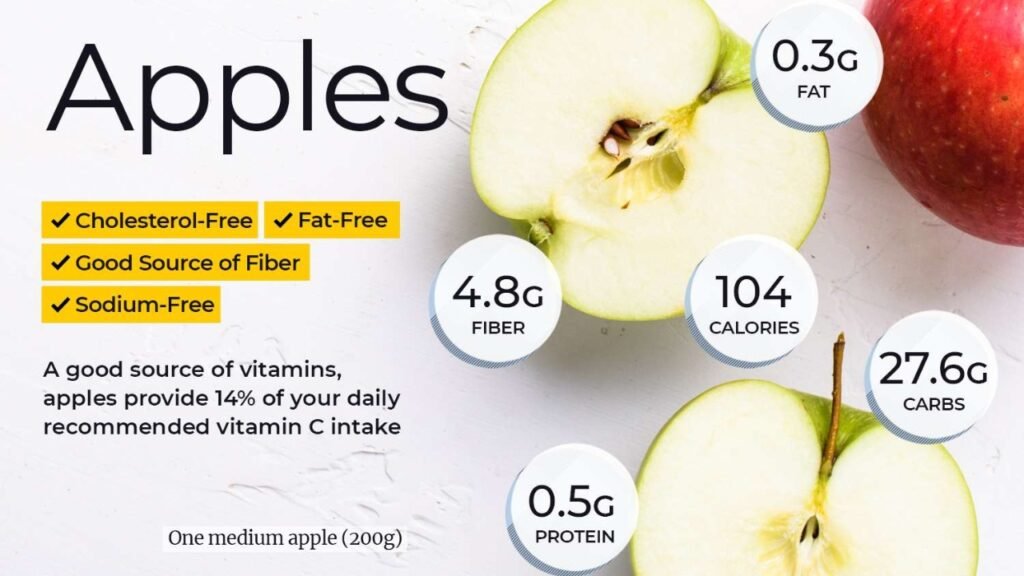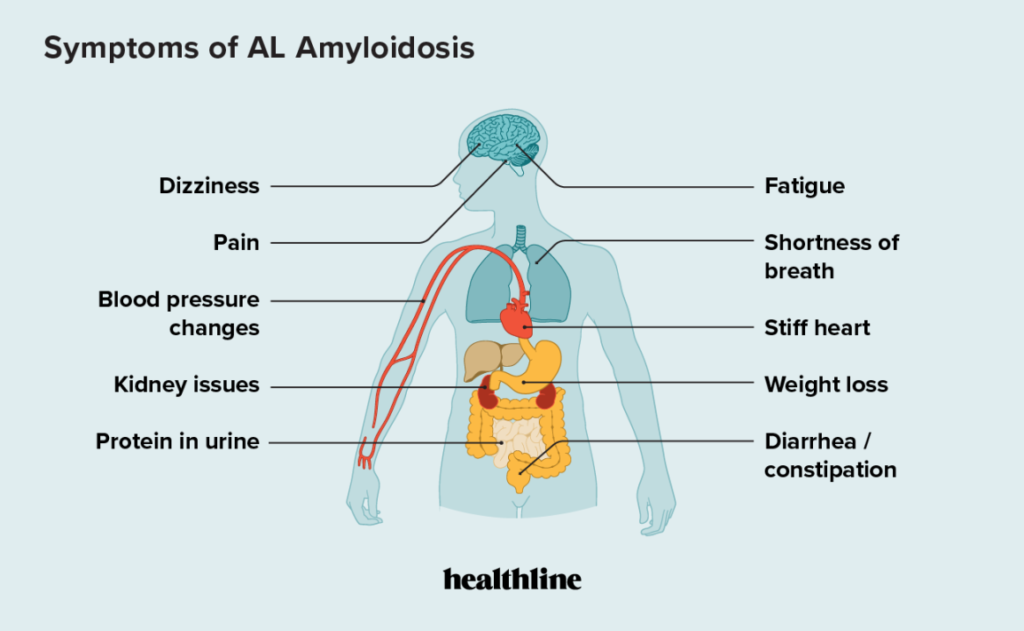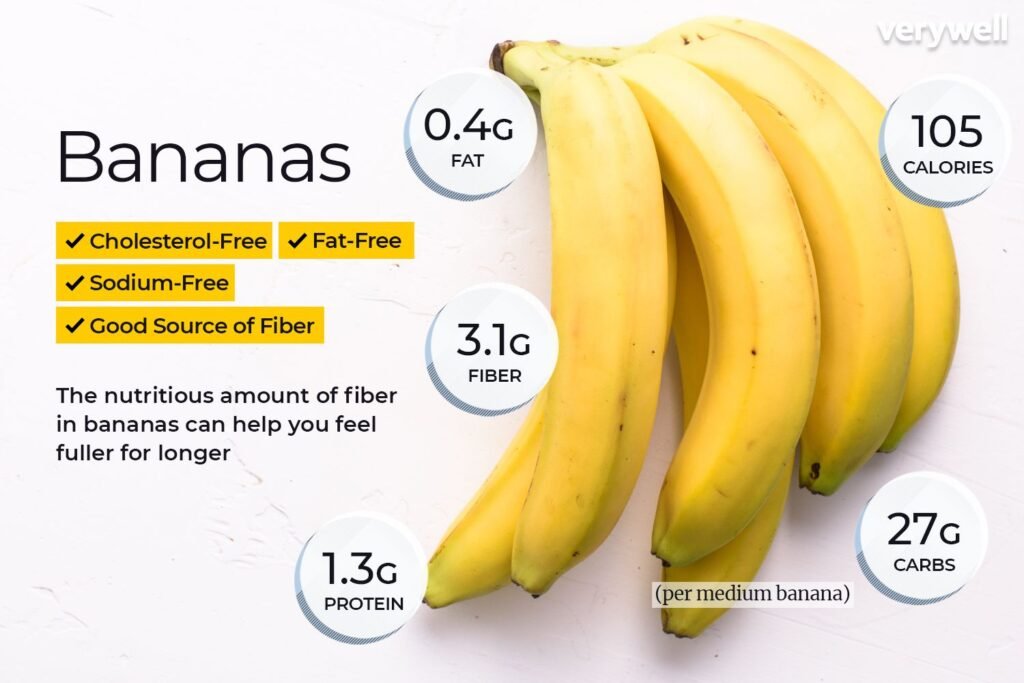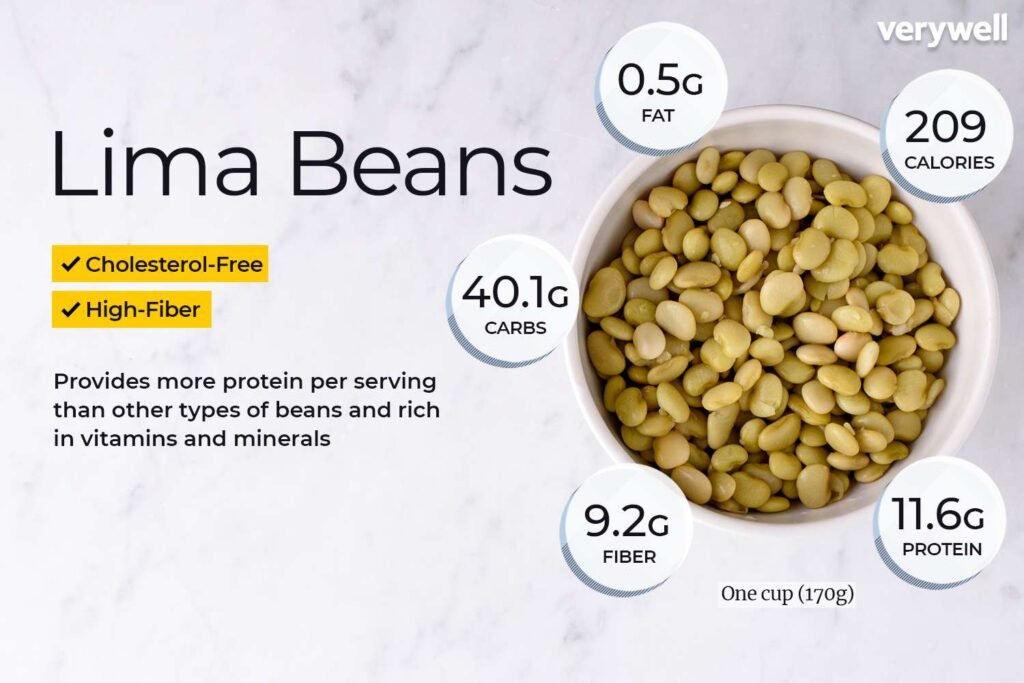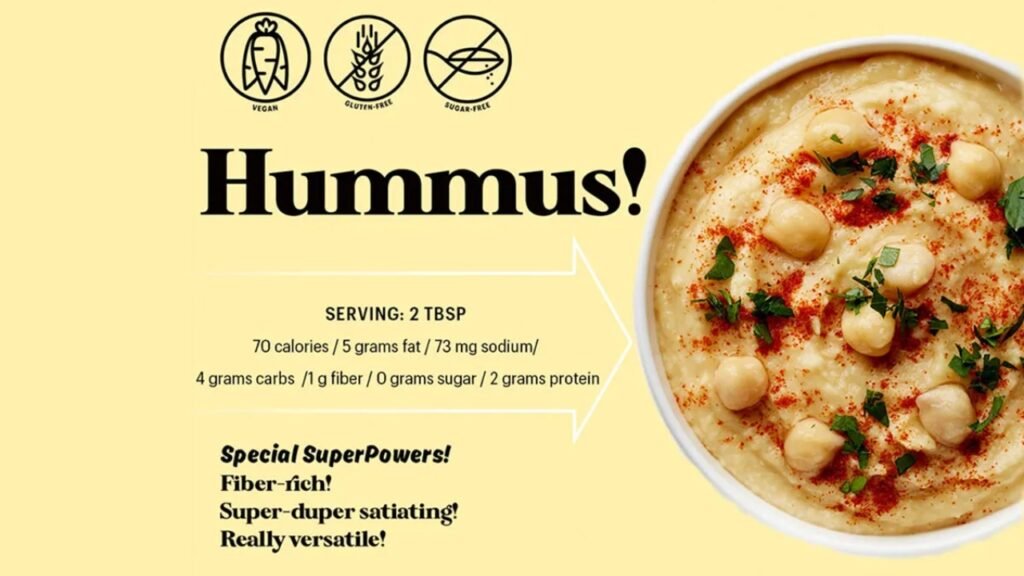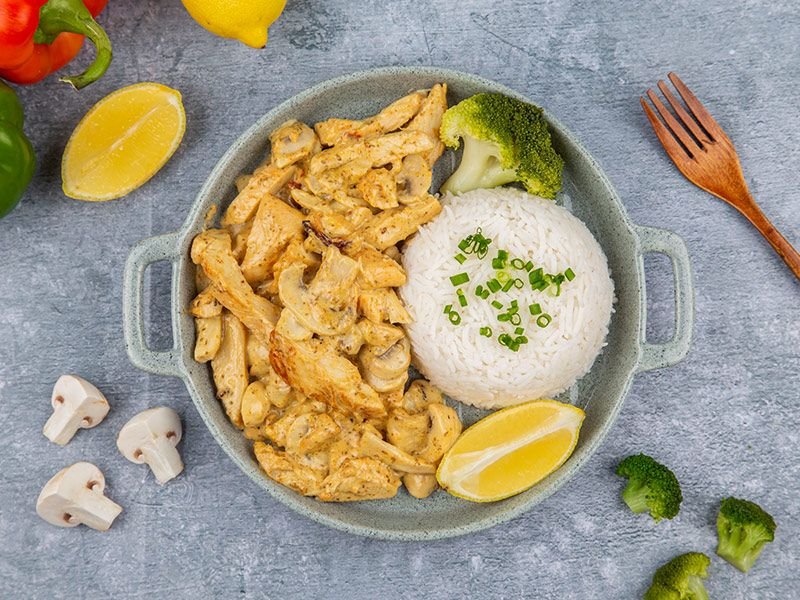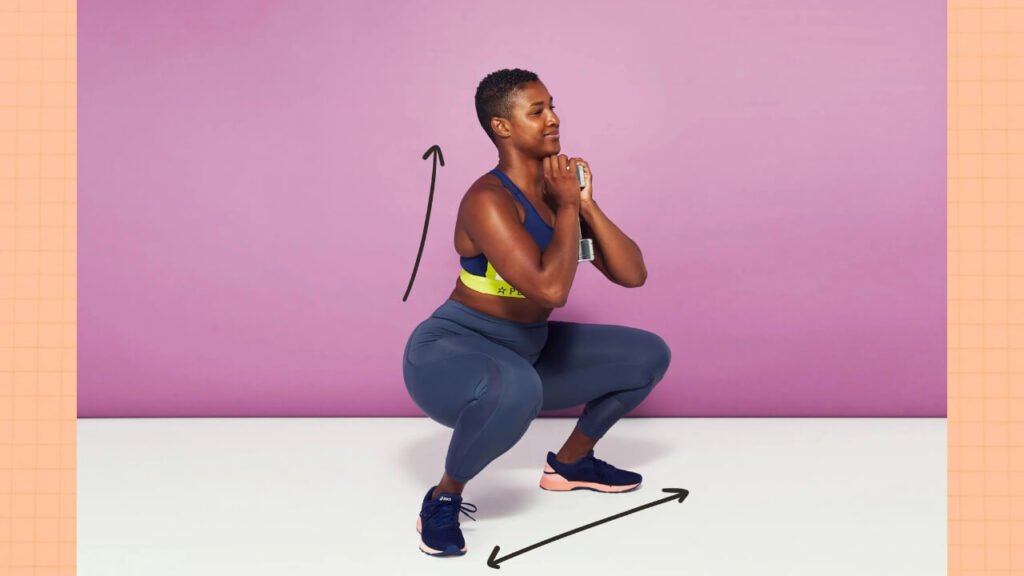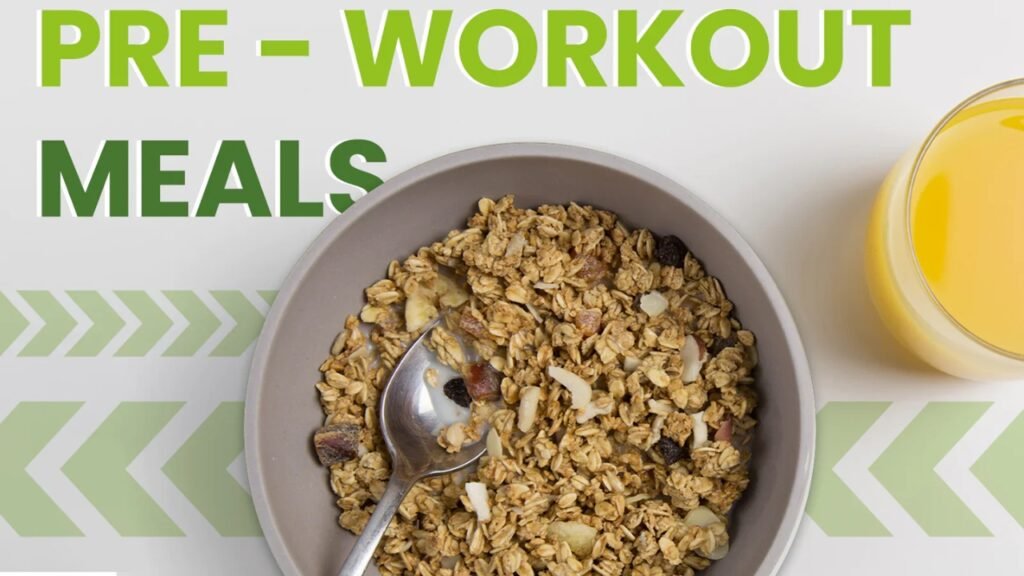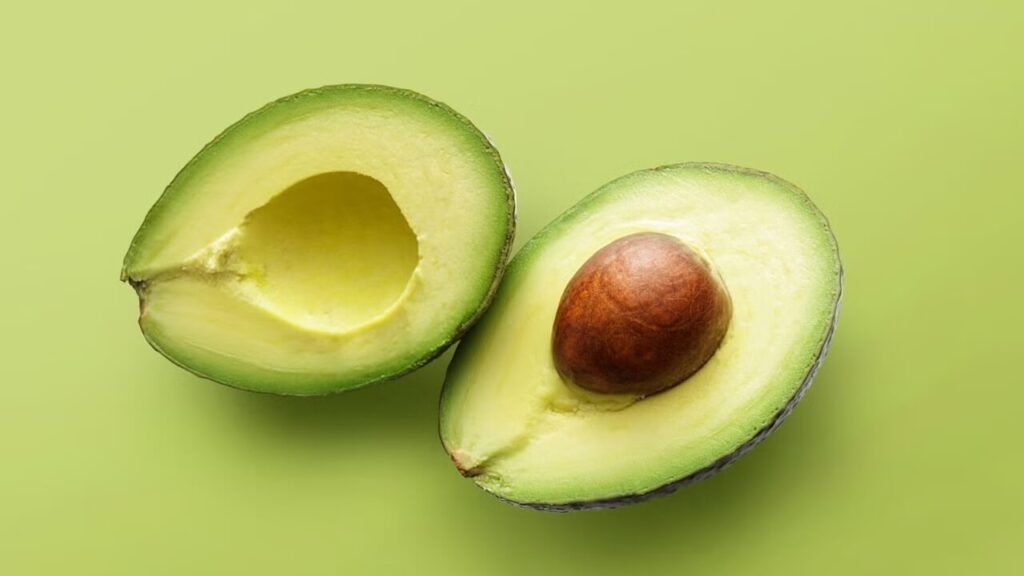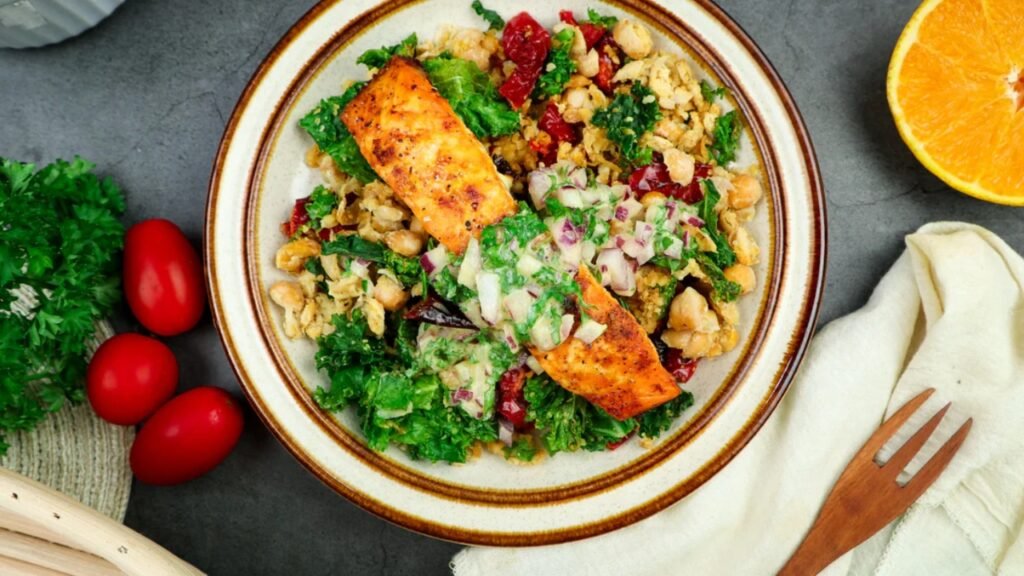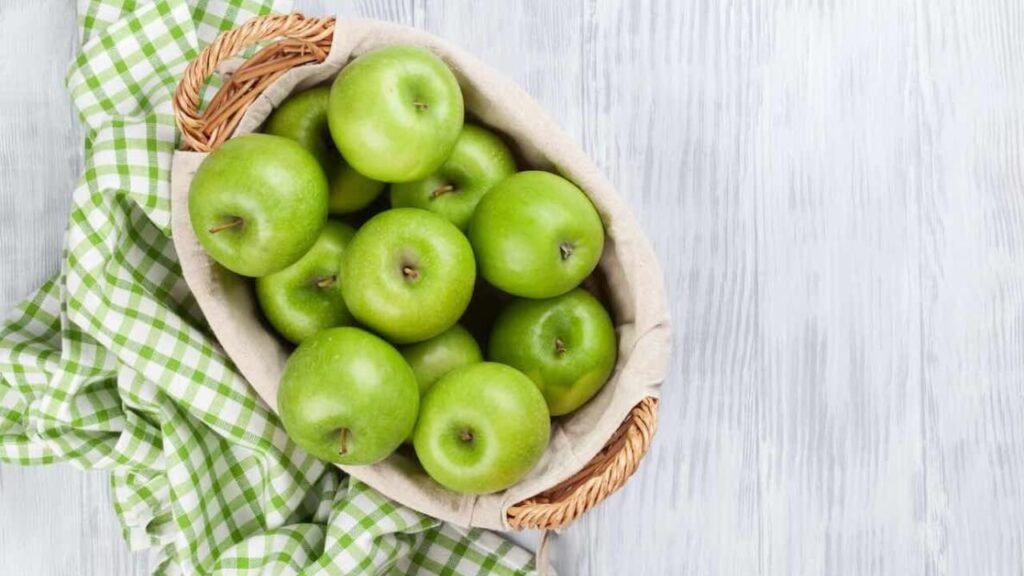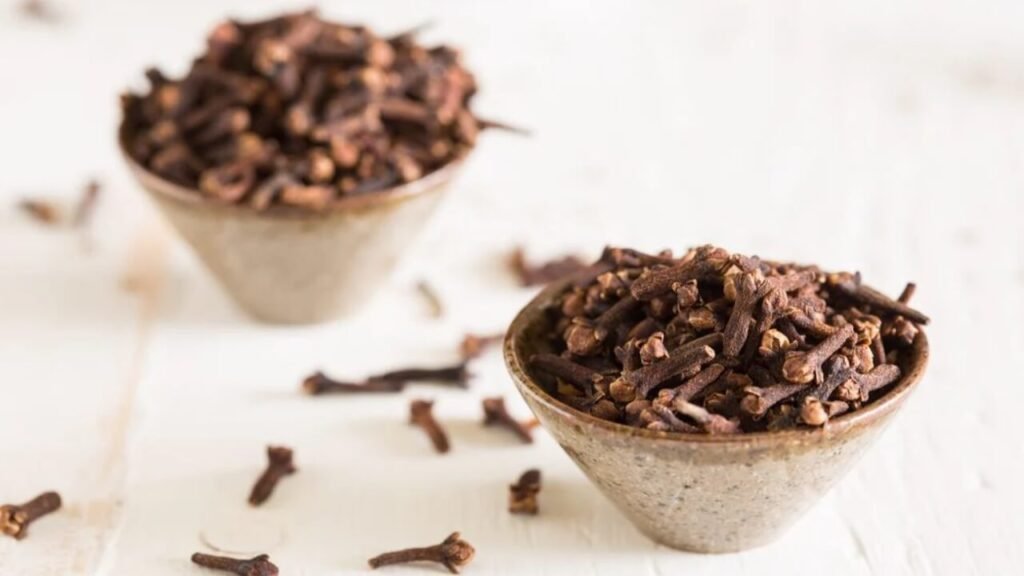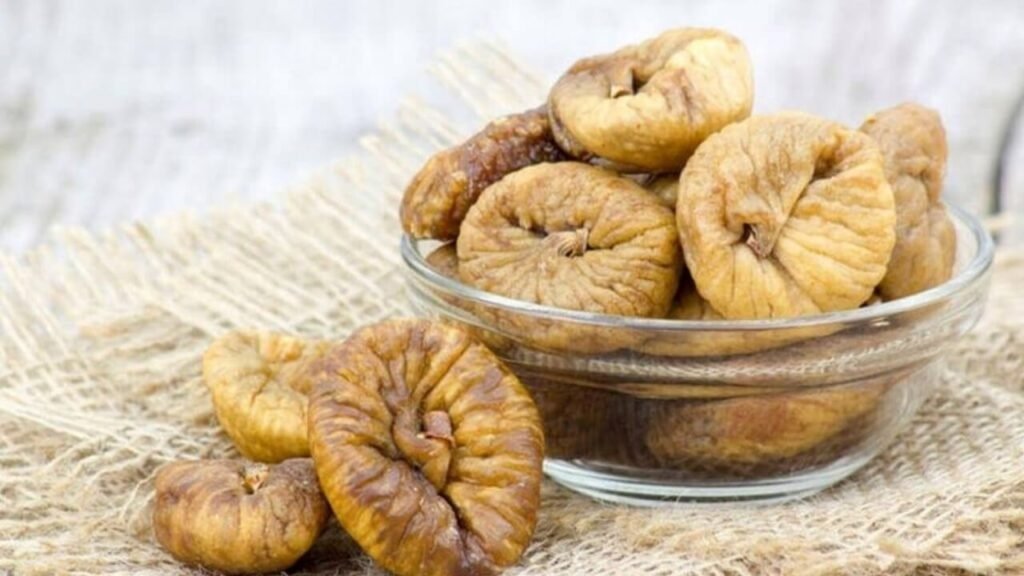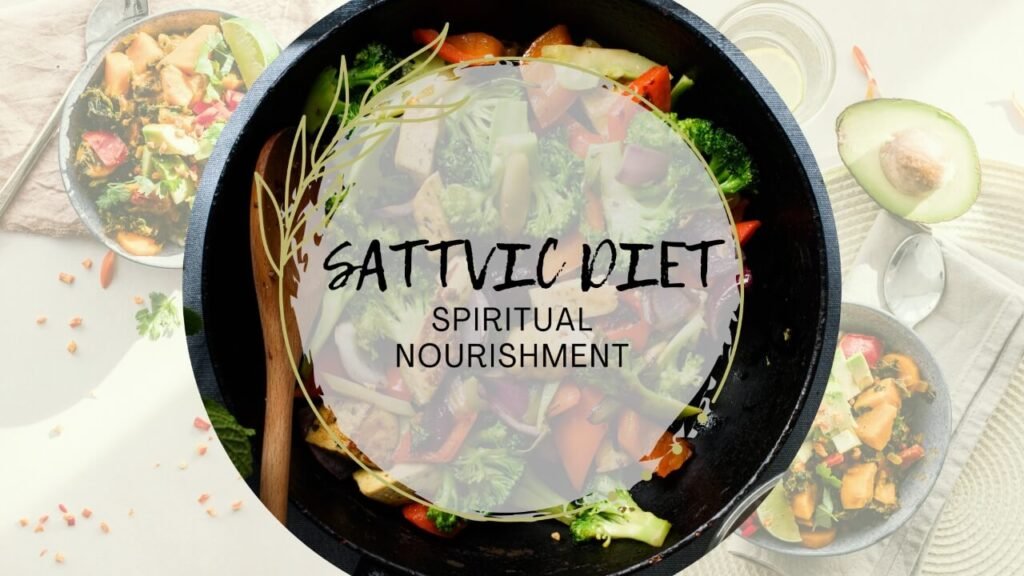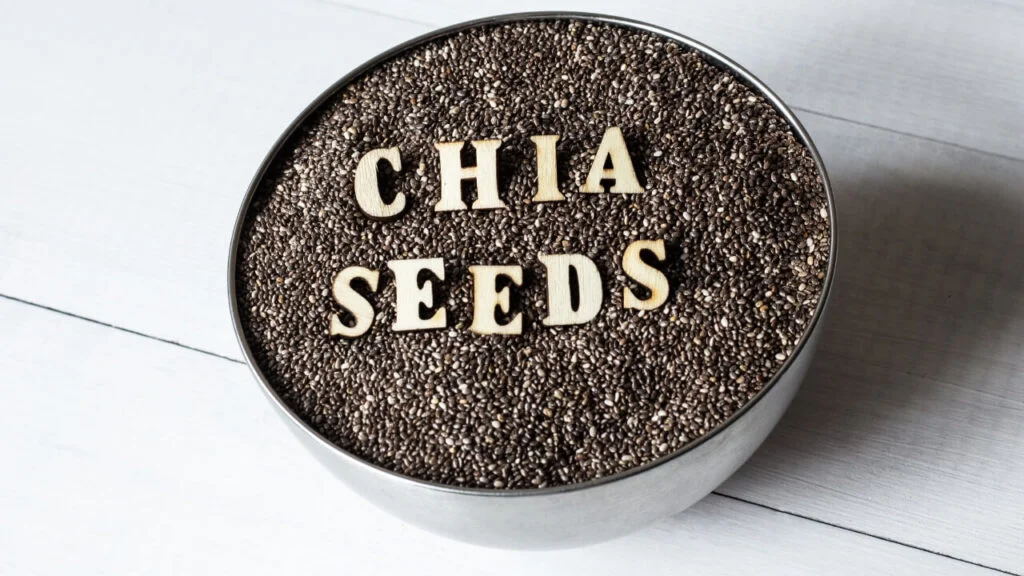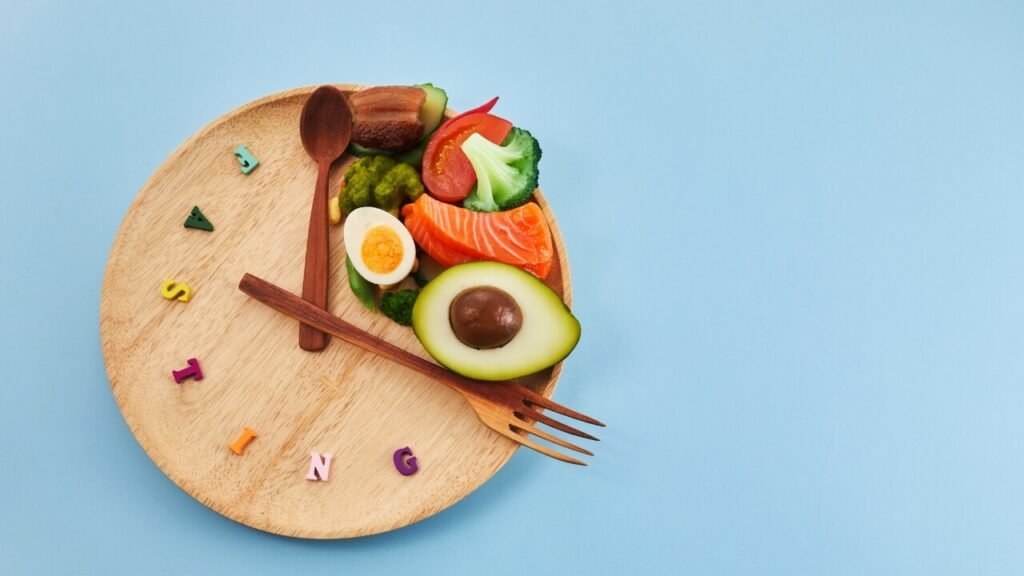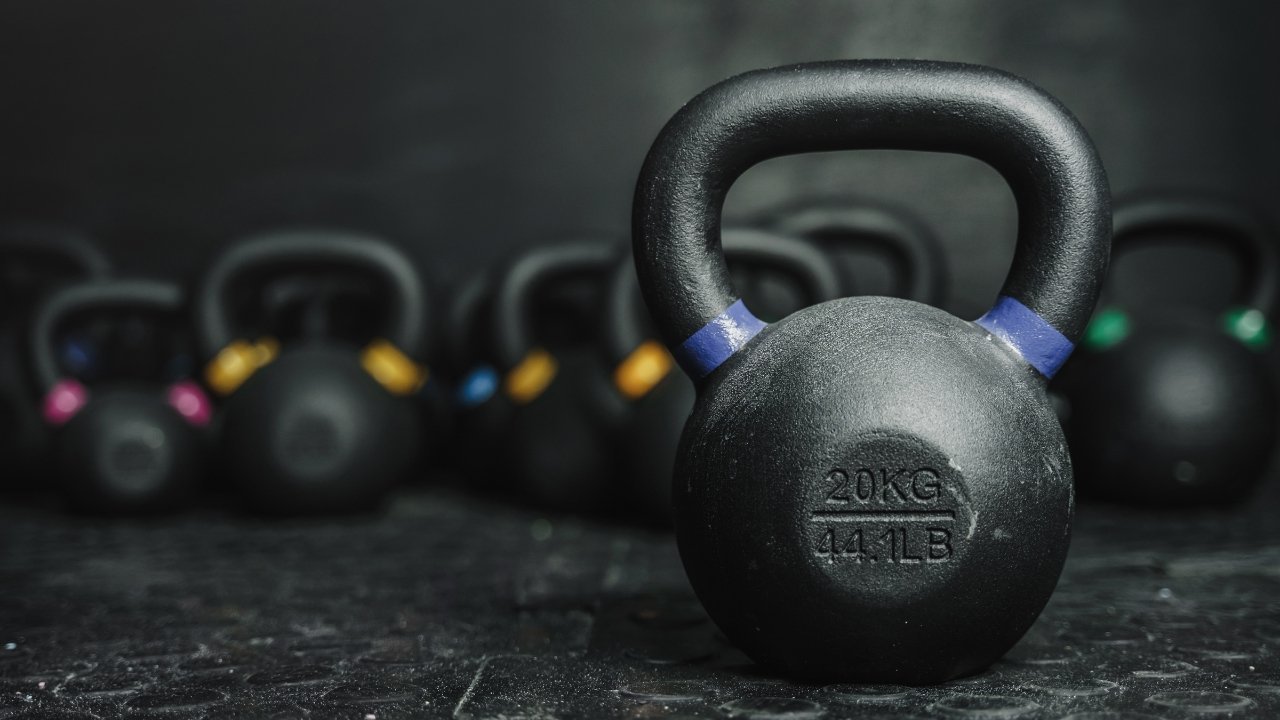Understanding Brown Flour Nutrition and Its Benefits
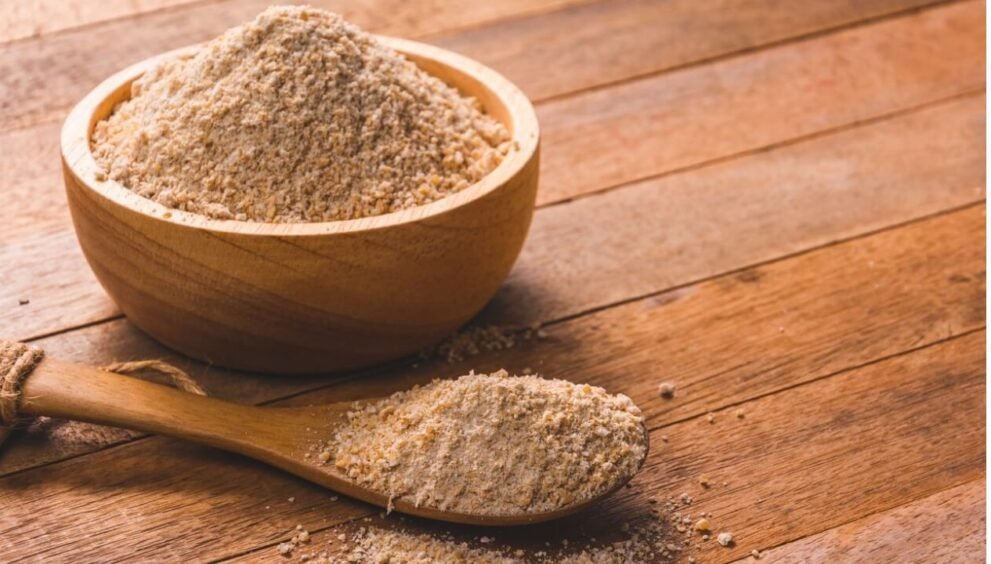
Are you ready to elevate your baking game and nourish your body from the inside out? Then, it’s time to delve into the world of brown flour nutrition. Often overshadowed by its refined white counterpart, brown flour, typically made from whole wheat, rye, or other grains, packs a significantly more potent nutritional punch. In this comprehensive guide, we’ll explore the nutritional profile of brown flour, compare it to white flour, and uncover its numerous health benefits. We will also explore how to incorporate it seamlessly into your everyday diet.
What Exactly is Brown Flour?
Brown flour isn’t just a single product; rather, it’s an umbrella term for flours made from whole grains. Unlike white flour, which is processed to remove the bran and germ, brown flour retains these vital components. The bran is the outer layer of the grain, rich in fiber, while the germ is the nutrient-packed embryo containing vitamins, minerals, and healthy fats. The endosperm, which is the starchy part of the grain, remains in both.
This crucial difference in processing is what sets brown flour apart and gives it its superior nutritional profile. Whole wheat flour is the most common type of brown flour, but other options include rye flour, spelt flour, and even whole grain versions of flours like oat or buckwheat. Each type offers a slightly different flavor and texture, allowing for culinary experimentation and diverse nutritional benefits.
The Nutritional Powerhouse: Understanding Brown Flour Nutrition Facts
So, what exactly makes brown flour so much better? The answer lies in its rich concentration of essential nutrients. Here’s a breakdown of what you can expect from a serving of whole wheat flour:
Fiber: The Digestive Champion
One of the most significant advantages of brown flour is its high fiber content. Fiber is essential for digestive health, promoting regularity and preventing constipation. Furthermore, it helps regulate blood sugar levels, keeping you feeling fuller for longer and aiding in weight management.
Vitamins: Essential Building Blocks
Brown flour is a good source of various vitamins, including B vitamins like thiamin, niacin, and folate. These vitamins play crucial roles in energy metabolism, nerve function, and cell growth.
Minerals: Vital for Overall Health
Important minerals such as iron, magnesium, phosphorus, and zinc are abundant in brown flour. Iron is crucial for oxygen transport, magnesium for muscle and nerve function, phosphorus for bone health, and zinc for immune function.
Protein: Building and Repairing
While not as high in protein as some other foods, brown flour still provides a decent amount of protein, contributing to satiety and muscle building.
Healthy Fats: Good for Your Heart and Brain
The germ of the wheat kernel contains healthy fats, including omega-3 fatty acids, which are beneficial for heart health and brain function.
White Flour vs. Brown Flour: A Nutritional Showdown
The difference between white and brown flour is stark. White flour, during the refining process, loses a significant portion of its nutrients. The removal of the bran and germ eliminates most of the fiber, vitamins, and minerals, leaving behind primarily starch. While white flour is often enriched with some nutrients after processing, it doesn’t come close to matching the natural abundance found in brown flour.
Fiber Deficiency: A Common Pitfall
White flour’s low fiber content can contribute to digestive issues and blood sugar spikes.
Nutrient Depletion: Missing the Essentials
The lack of essential vitamins and minerals in white flour reduces its overall nutritional value.
Empty Calories: A Waste of Energy
White flour is often considered to provide “empty calories” because it primarily consists of carbohydrates without offering substantial nutritional benefits.
Therefore, switching from white flour to brown flour in your baking and cooking can significantly enhance the nutritional value of your meals.
Health Benefits of Incorporating Brown Flour into Your Diet
The nutritional advantages of brown flour translate into a range of health benefits:
Improved Digestive Health: A Happy Gut
The high fiber content promotes regular bowel movements and prevents constipation. Moreover, it can contribute to a healthier gut microbiome, which is essential for overall health. I saw some people on Reddit mentioning that using brown flour helped them with their IBS.
Better Blood Sugar Control: Stable Energy Levels
Fiber slows down the absorption of sugar into the bloodstream, preventing spikes and crashes. This is particularly beneficial for individuals with diabetes or insulin resistance.
Heart Health: A Stronger Cardiovascular System
Studies have shown that consuming whole grains, like those found in brown flour, can reduce the risk of heart disease. Fiber helps lower cholesterol levels, and the presence of omega-3 fatty acids further supports cardiovascular health.
Weight Management: Feeling Fuller, Longer
The fiber in brown flour promotes satiety, helping you feel fuller for longer and reducing overall calorie intake.
Reduced Risk of Certain Cancers: A Protective Effect
Some studies suggest that a diet rich in whole grains may lower the risk of certain cancers, such as colon cancer. The antioxidants and other beneficial compounds found in brown flour may contribute to this protective effect.
Choosing the Right Brown Flour: A Buyer’s Guide
With so many types of brown flour available, selecting the right one can seem overwhelming. Here are some tips to guide your purchase:
Read the Label Carefully: Know What You’re Buying
Look for flours that are labeled “whole wheat” or “whole grain.” Make sure the label indicates that the flour contains all parts of the grain – the bran, germ, and endosperm.
Consider the Texture and Flavor: Find Your Preference
Different brown flours have different textures and flavors. Whole wheat flour has a slightly nutty flavor, while rye flour has a more robust and earthy taste. Experiment with different types to find your preferences.
Check the Expiration Date: Freshness Matters
Brown flour, due to its higher oil content, can go rancid more quickly than white flour. Always check the expiration date and store the flour in an airtight container in a cool, dark place.
Organic Options: A Healthier Choice
If you prefer organic products, look for brown flours that are certified organic. This ensures that the grains were grown without the use of synthetic pesticides or fertilizers.
Incorporating Brown Flour into Your Recipes: Tips and Tricks
Substituting white flour with brown flour in your recipes is easier than you might think. However, there are a few things to keep in mind to achieve the best results:
Start Gradually: Ease Into It
Begin by replacing a portion of the white flour with brown flour in your recipes. For example, you could substitute one-quarter or one-half of the white flour with whole wheat flour.
Add More Liquid: Hydrate Your Dough
Brown flour absorbs more liquid than white flour, so you may need to add a bit more water or milk to your recipes to maintain the desired consistency.
Adjust Baking Time: Don’t Overbake
Brown flour can sometimes require a slightly longer baking time. Keep a close eye on your baked goods and adjust the baking time as needed.
Experiment with Different Types: Get Creative
Don’t be afraid to experiment with different types of brown flour to find the ones that work best for your recipes. Rye flour, for example, adds a unique flavor to breads and muffins.
Combine with White Flour: A Perfect Balance
For a lighter texture, you can combine brown flour with white flour in your recipes. This will still provide some of the nutritional benefits of brown flour without compromising the texture of your baked goods.
Brown Flour Recipes to Get You Started
Ready to start baking with brown flour? Here are a few recipe ideas to get you inspired:
Whole Wheat Bread: A Classic Choice
This classic recipe is a great way to showcase the nutty flavor and hearty texture of whole wheat flour. Experiment with different variations, such as adding seeds, nuts, or dried fruit.
Whole Wheat Pancakes or Waffles: A Nutritious Breakfast
Start your day with a nutritious and delicious breakfast made with whole wheat flour. Add berries, bananas, or a drizzle of maple syrup for extra flavor.
Whole Wheat Muffins: A Perfect Snack
These are a perfect snack or breakfast option. Try variations with blueberries, chocolate chips, or nuts.
Whole Wheat Pizza Dough: A Healthy Take on Pizza
Make your own healthy pizza dough using whole wheat flour. Top with your favorite vegetables, cheese, and sauce.
Whole Wheat Cookies: Guilt-Free Treats
Add a touch of wholesome goodness to your cookies by using whole wheat flour. Chocolate chip cookies, oatmeal cookies, or peanut butter cookies are all great options.
Addressing Common Concerns About Brown Flour
Some people may hesitate to switch to brown flour due to concerns about taste or texture. However, with a few simple adjustments, you can overcome these challenges:
Taste: Overcoming Bitterness
Some people find the taste of whole wheat flour to be slightly bitter. To counteract this, you can add a touch of sweetness to your recipes, such as honey, maple syrup, or molasses.
Texture: Achieving the Right Consistency
Brown flour can sometimes result in a denser or heavier texture in baked goods. To improve the texture, you can use a combination of brown flour and white flour, or add a bit of gluten to your recipes.
Cost: An Investment in Your Health
Brown flour can sometimes be slightly more expensive than white flour. However, the added nutritional benefits make it a worthwhile investment in your health.
Expert Insight on Whole Grains
“Choosing whole grains, like whole wheat flour, over refined grains is one of the simplest yet most impactful dietary changes people can make,”
says Dr. Alice Lichtenstein, Director and Senior Scientist, Cardiovascular Nutrition Laboratory at the Jean Mayer USDA Human Nutrition Research Center on Aging at Tufts University.
“The fiber, vitamins, and minerals in whole grains contribute significantly to overall health and well-being.”
Conclusion: Embracing the Goodness of Brown Flour
In conclusion, the benefits of brown flour nutrition are undeniable. From its high fiber content to its abundance of essential vitamins and minerals, brown flour offers a significant upgrade over refined white flour. By incorporating brown flour into your baking and cooking, you can enhance the nutritional value of your meals, improve your digestive health, and reduce your risk of chronic diseases. Embrace the goodness of whole grains and experience the difference that brown flour can make in your life.
Transitioning to brown flour doesn’t have to be an all-or-nothing approach. Start slowly, experiment with different recipes, and find what works best for you. In the long run, you will be making a healthier choice that will benefit your overall wellbeing. Remember to research more on the web, and browse Reddit’s baking community.
The 7 Day Smoothie Weight Loss Diet Plan They Don’t Want You To Know!
















